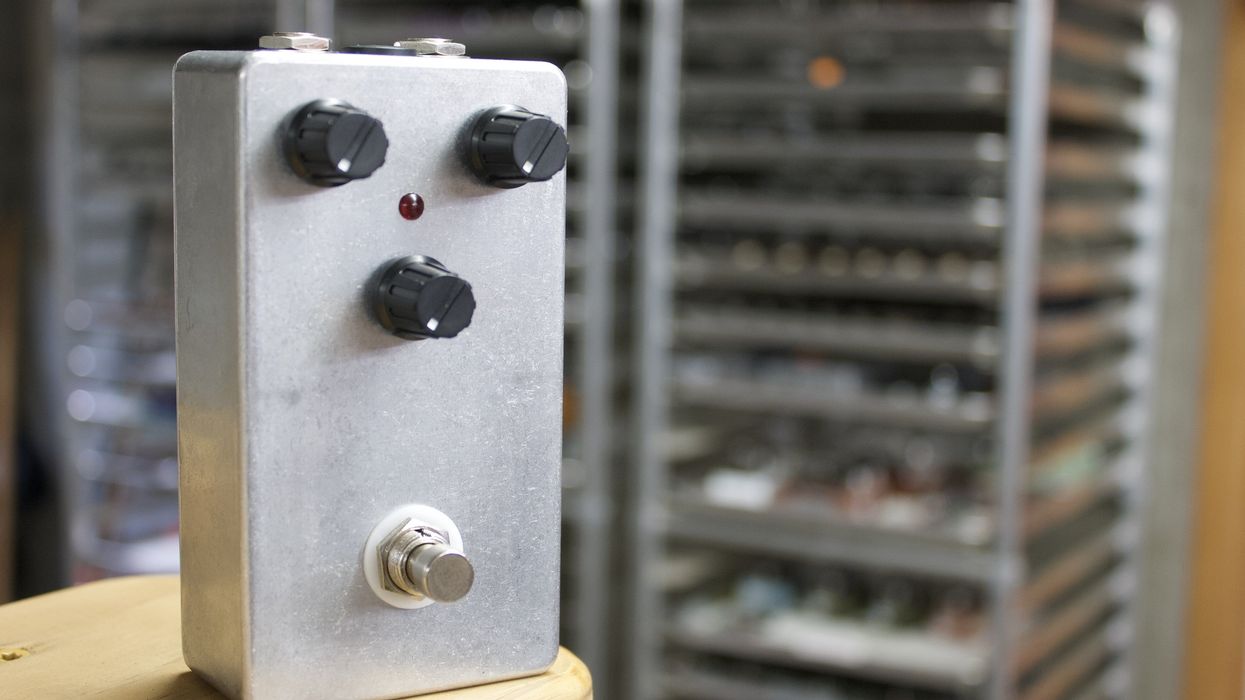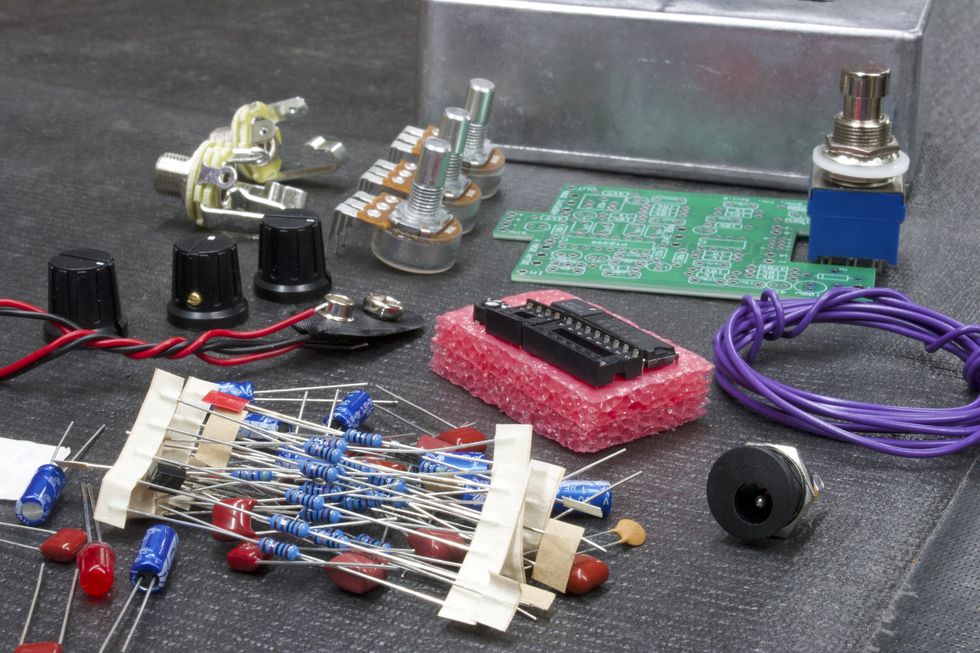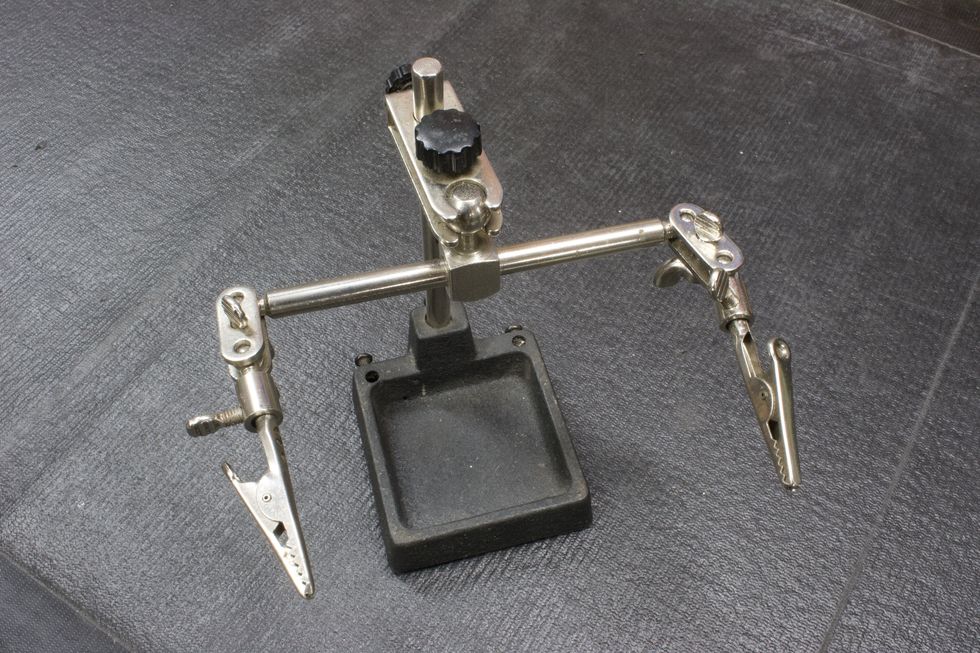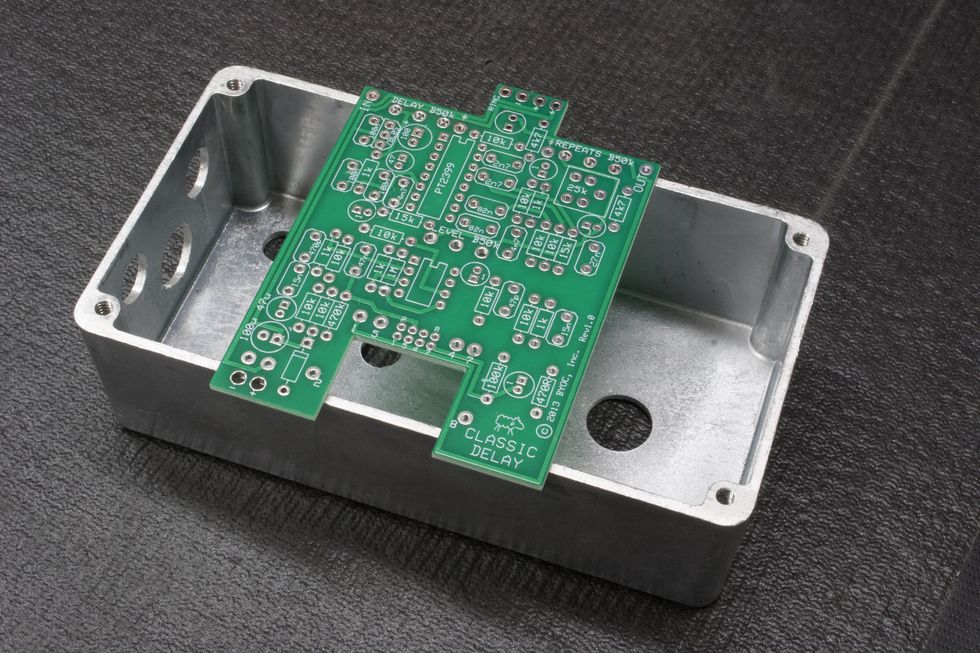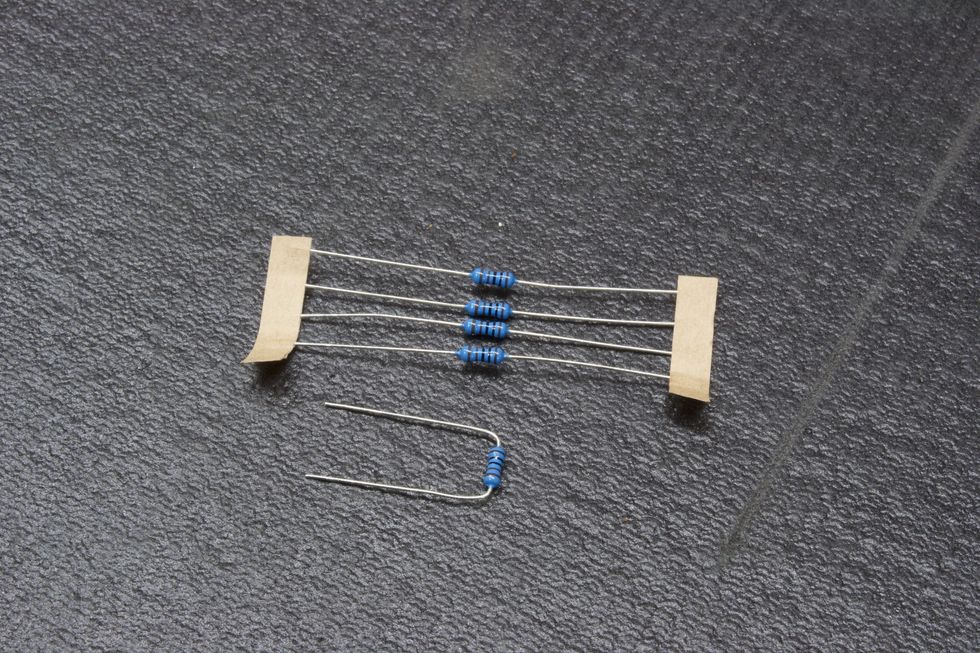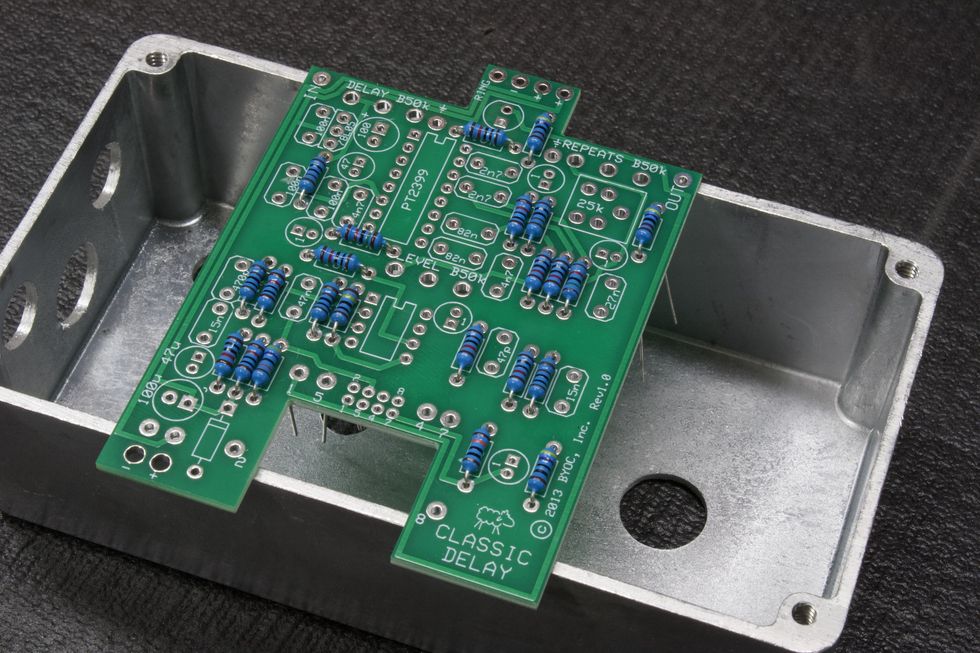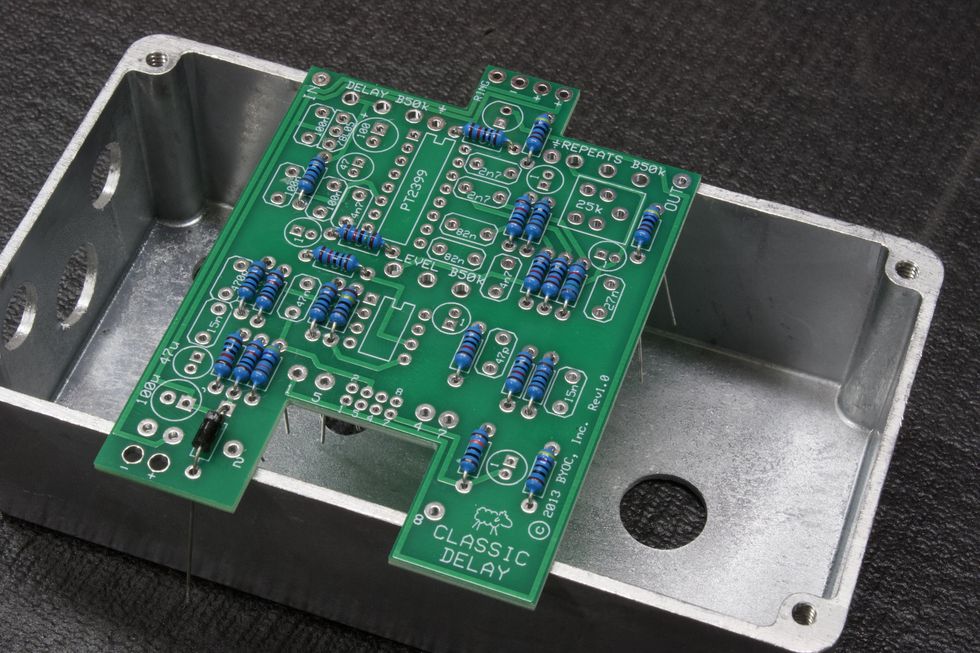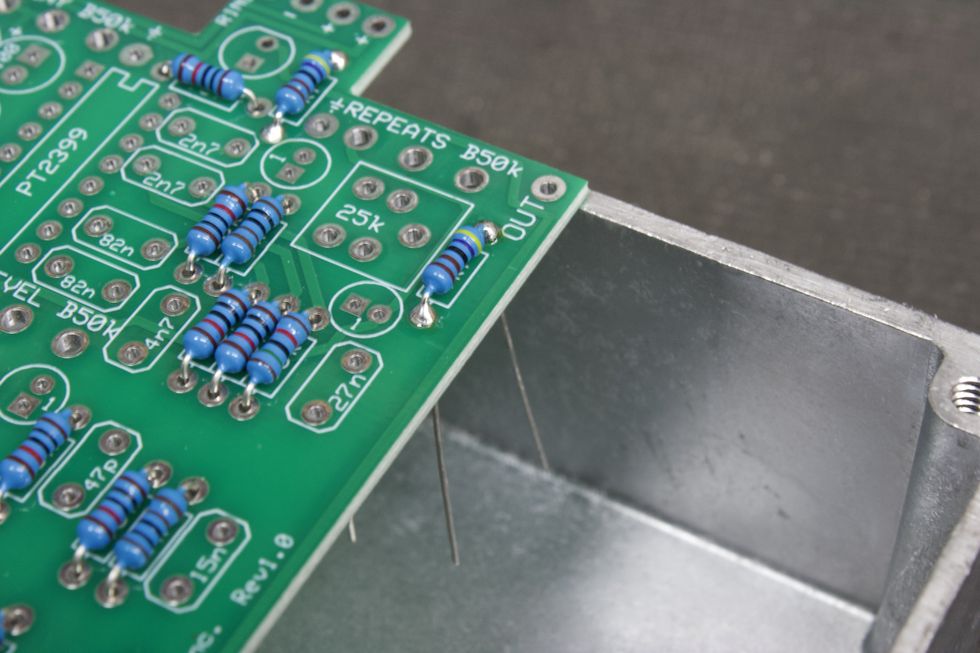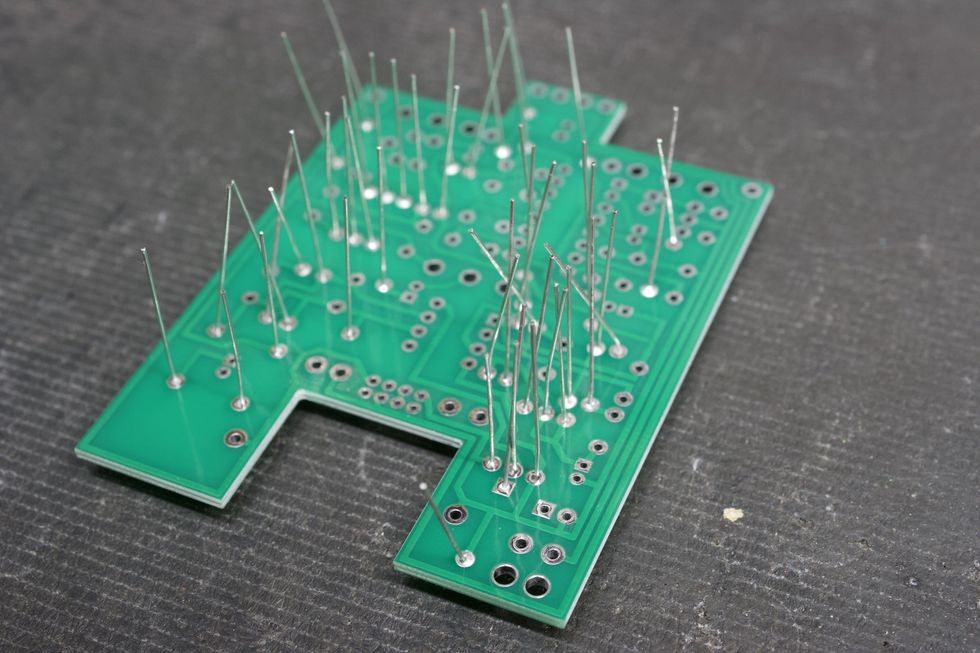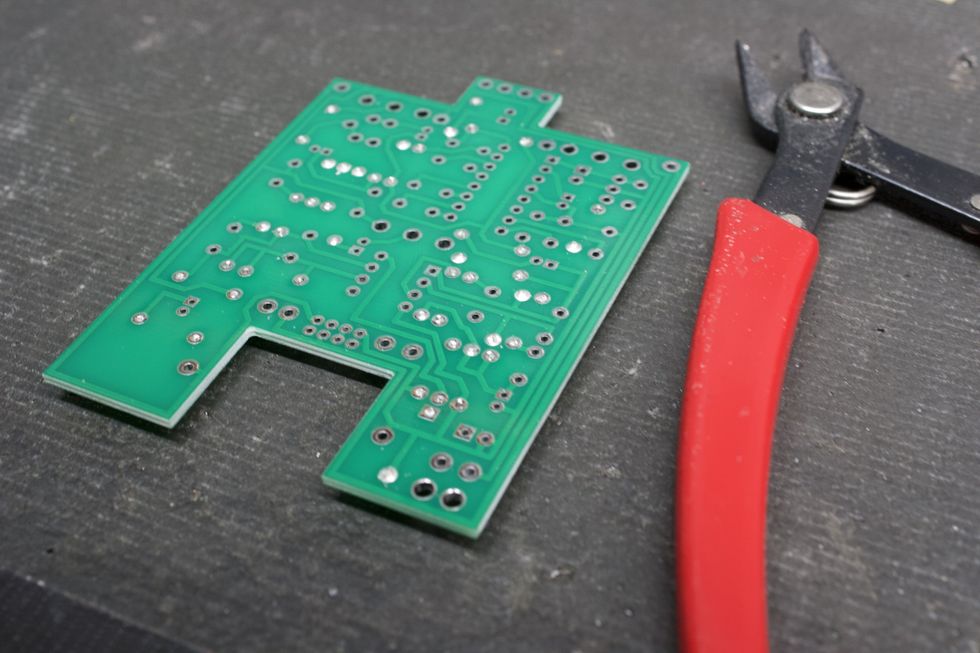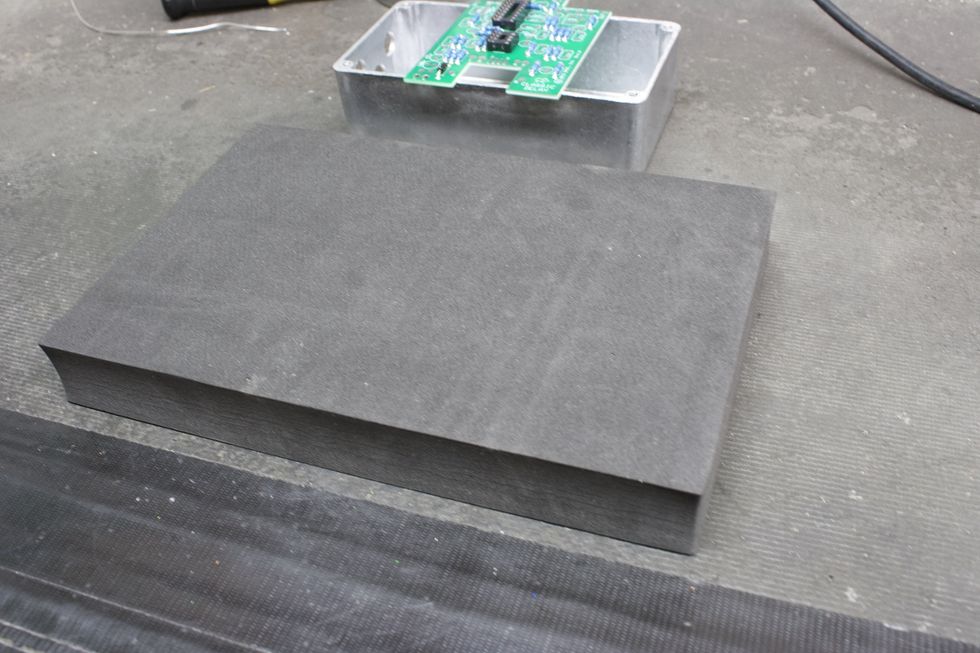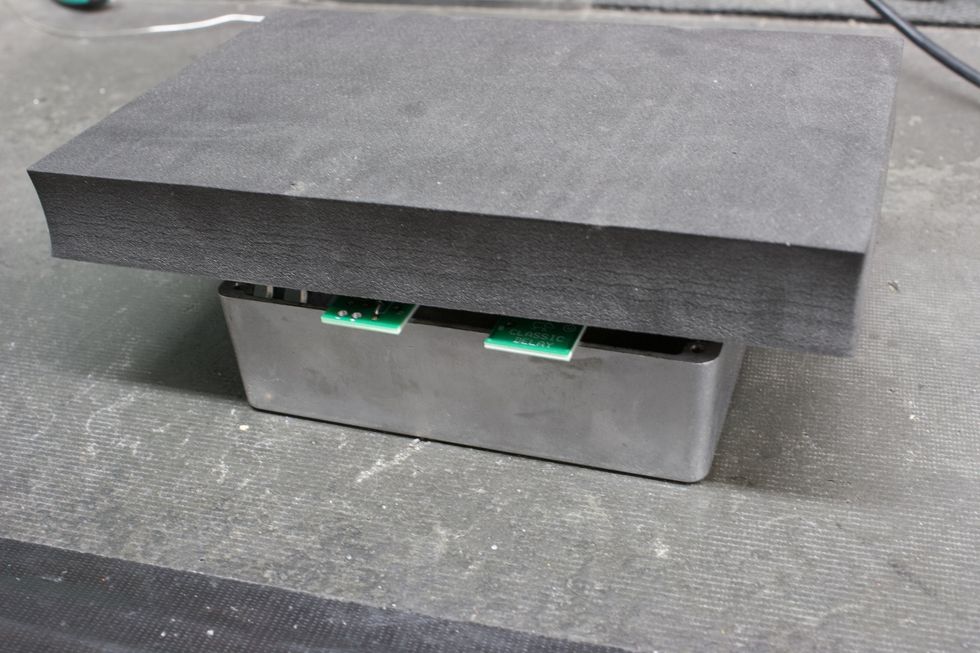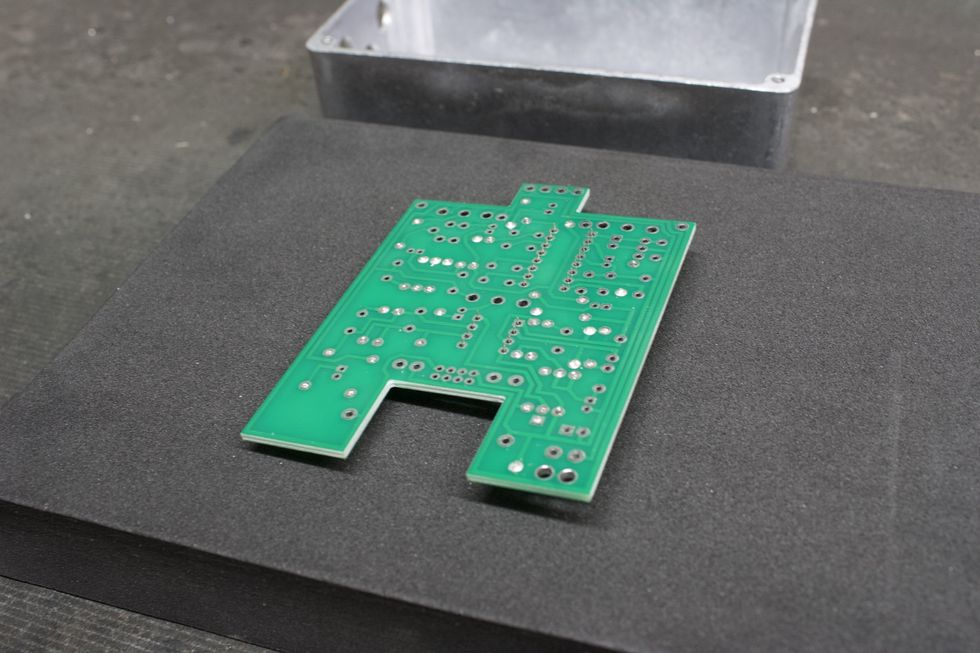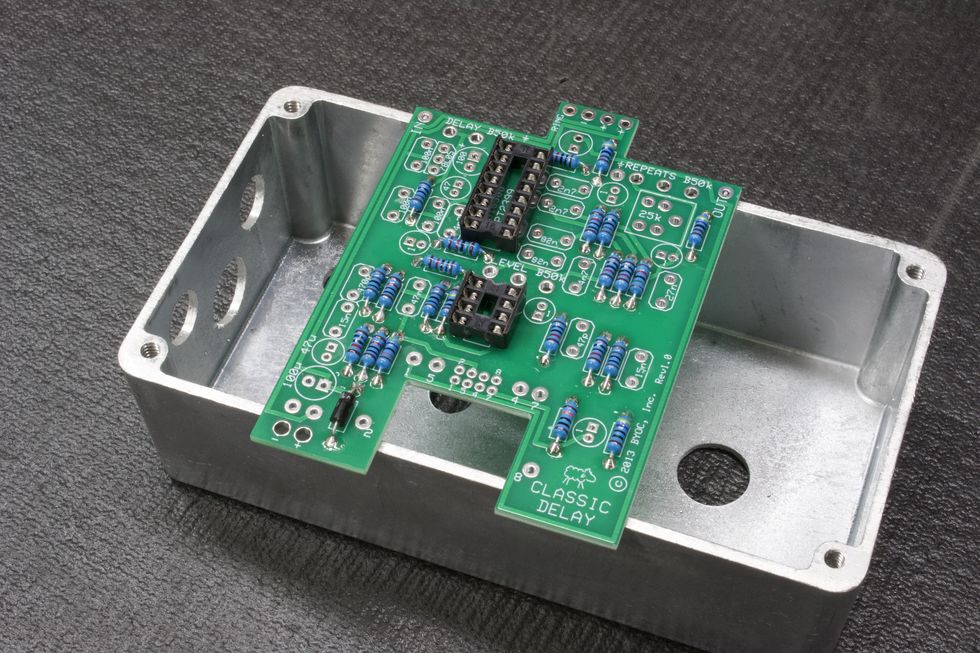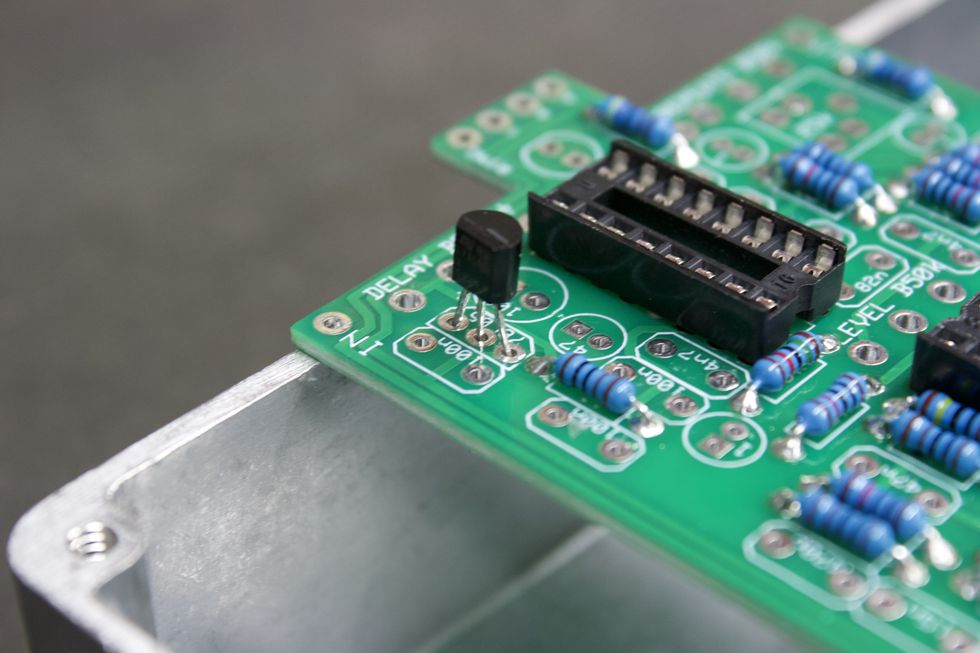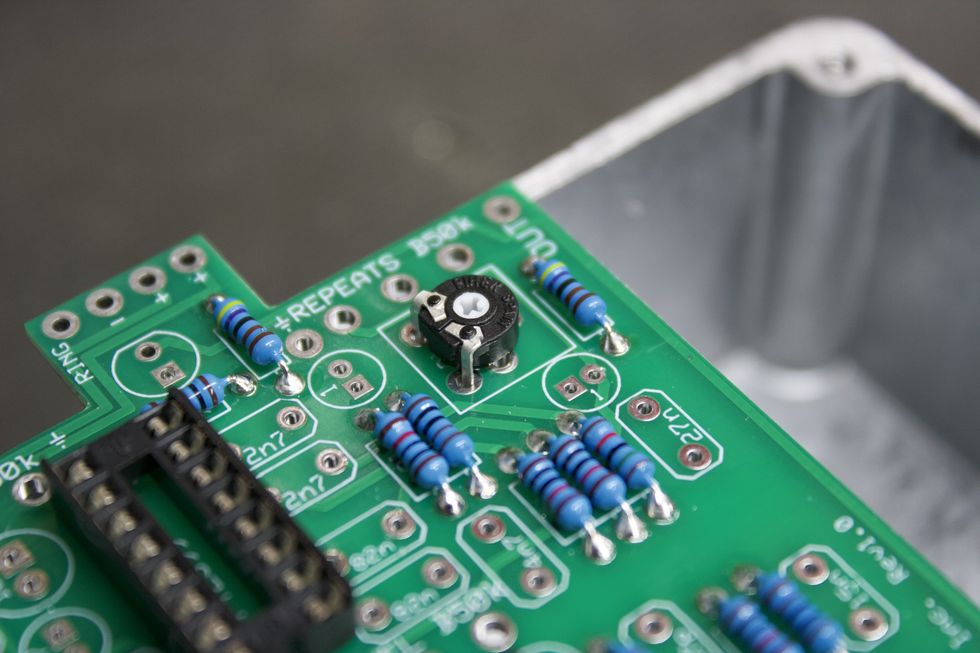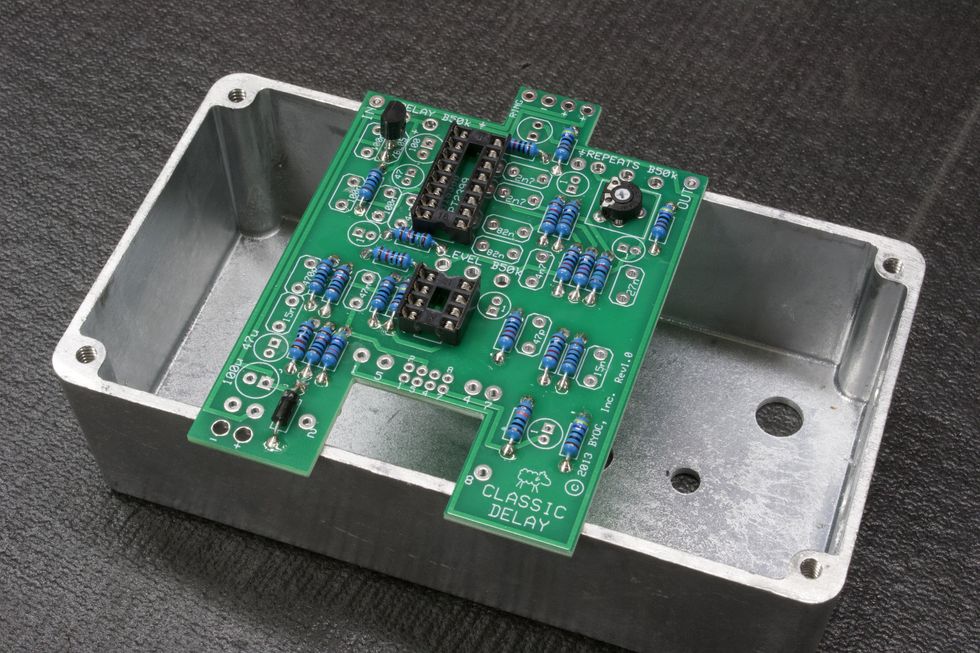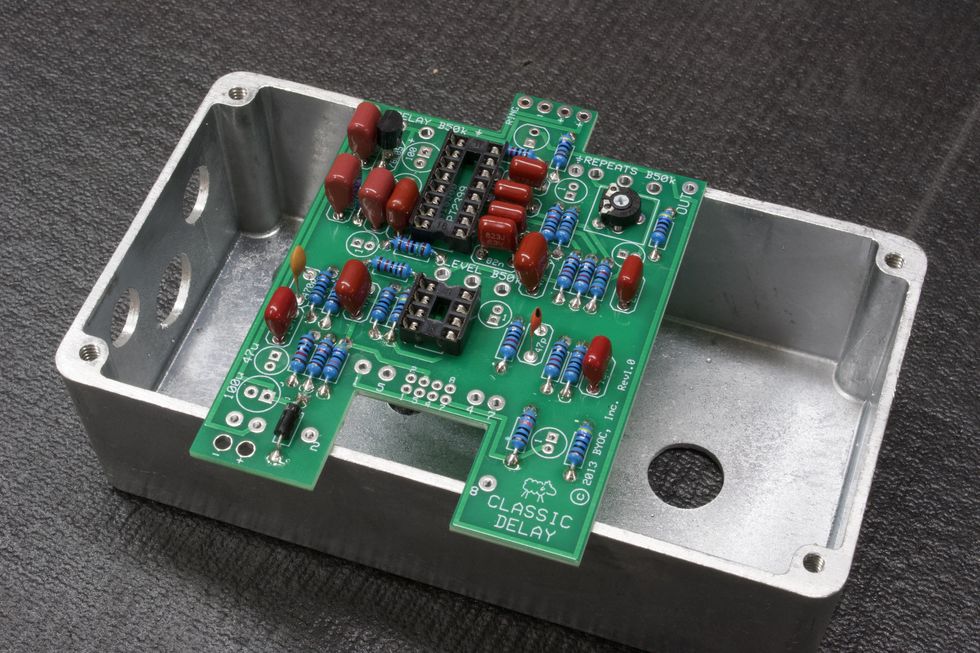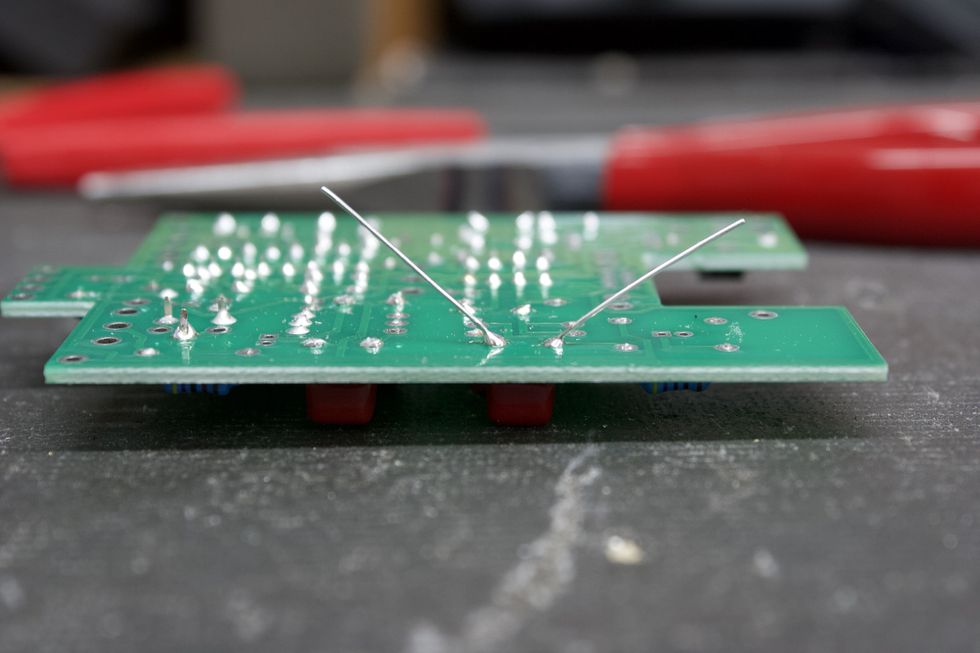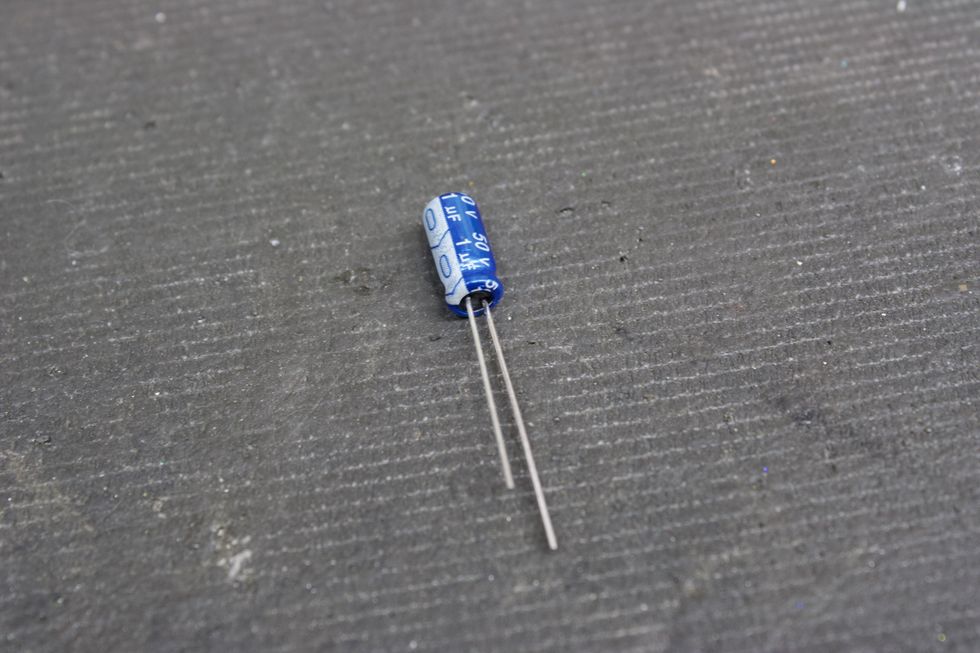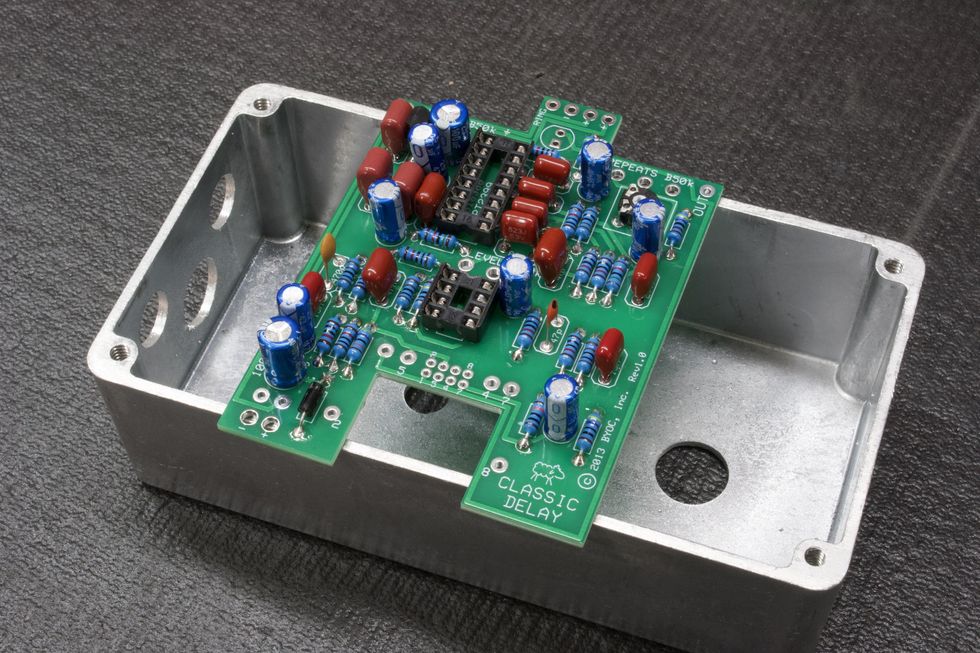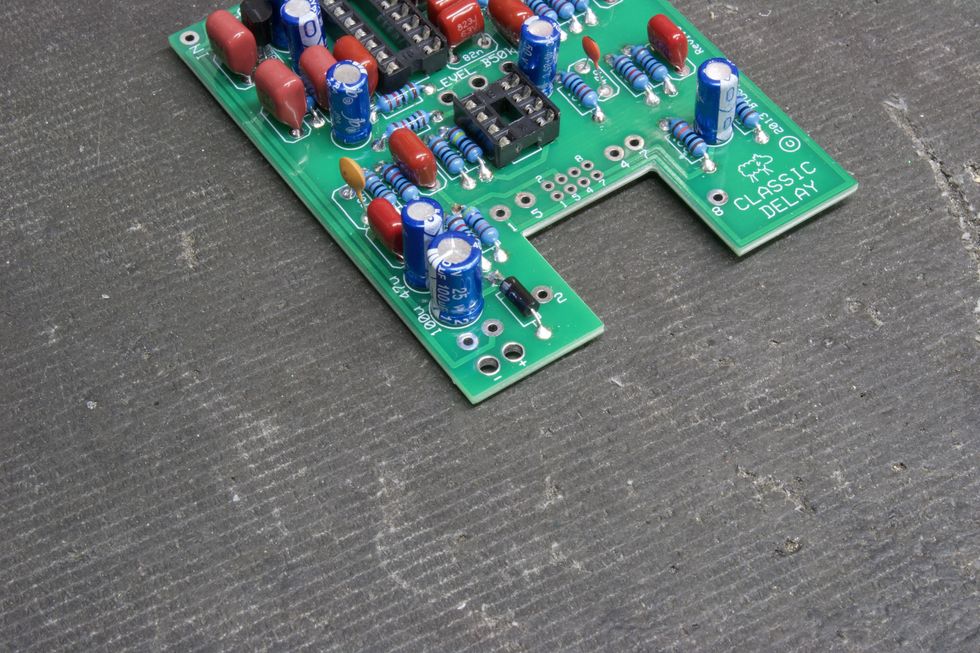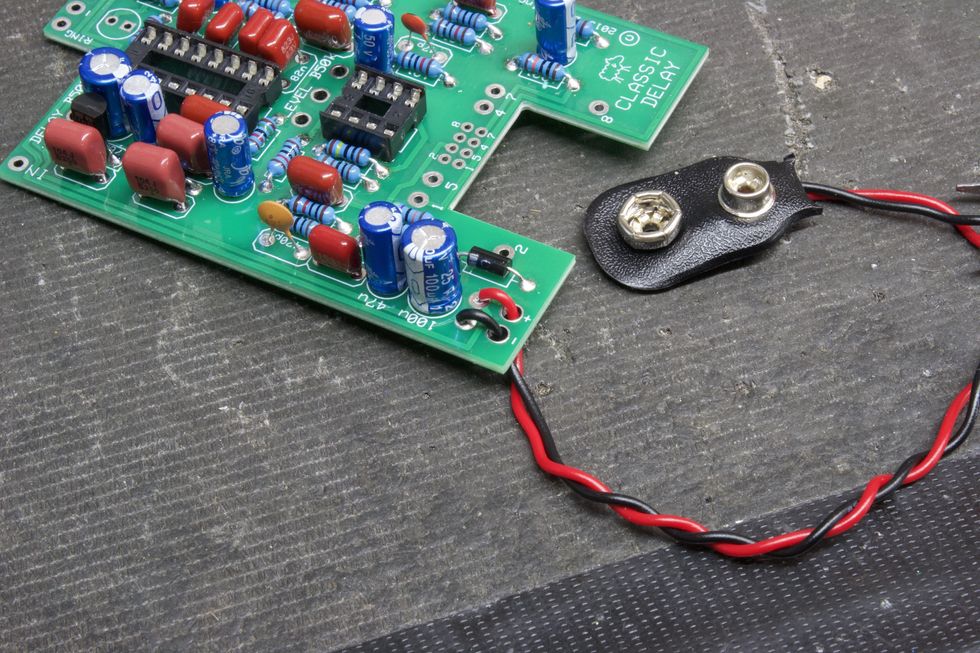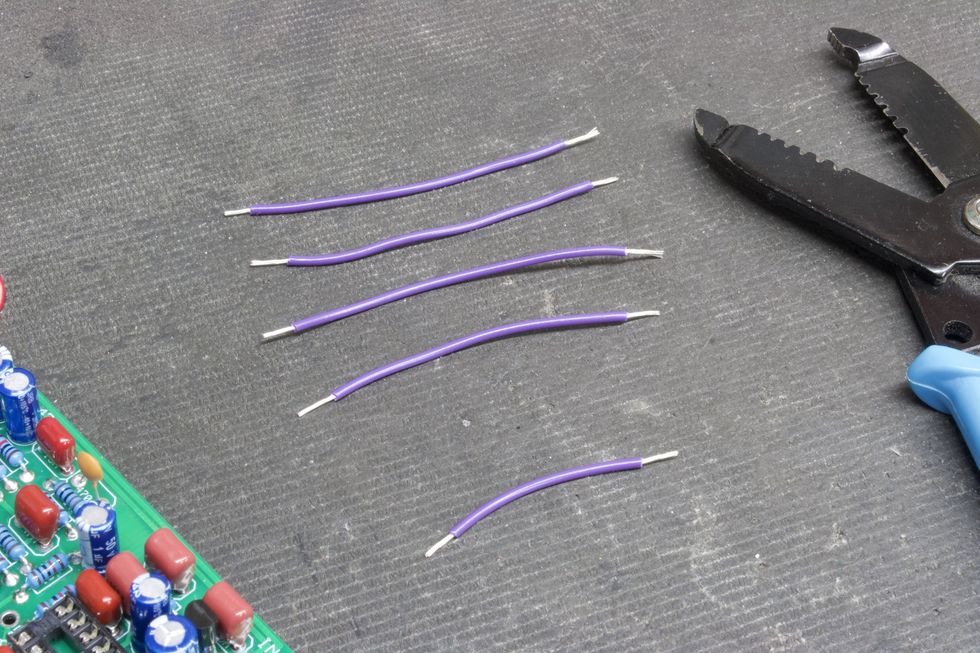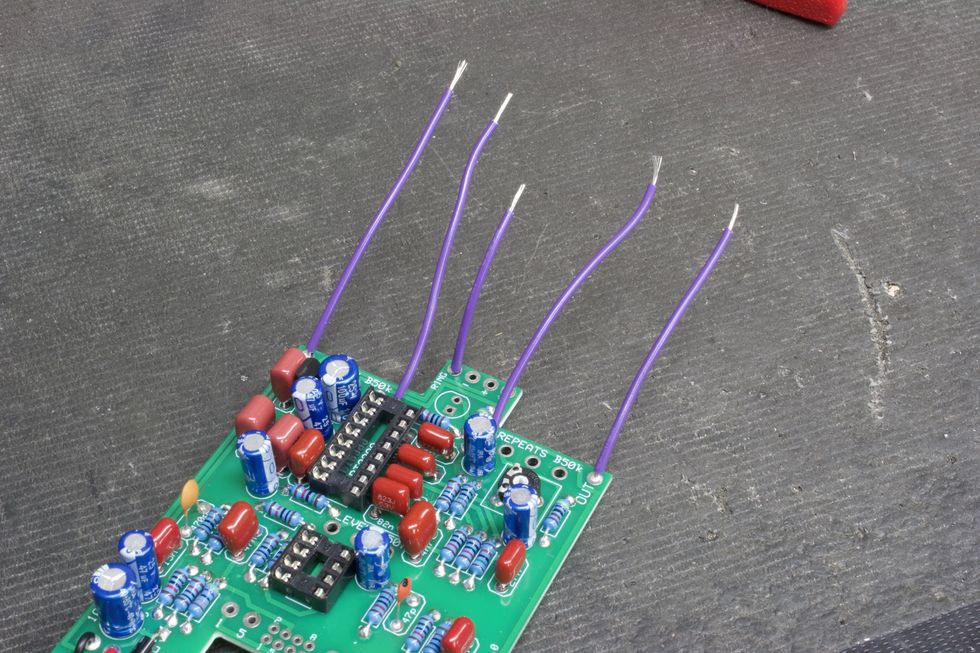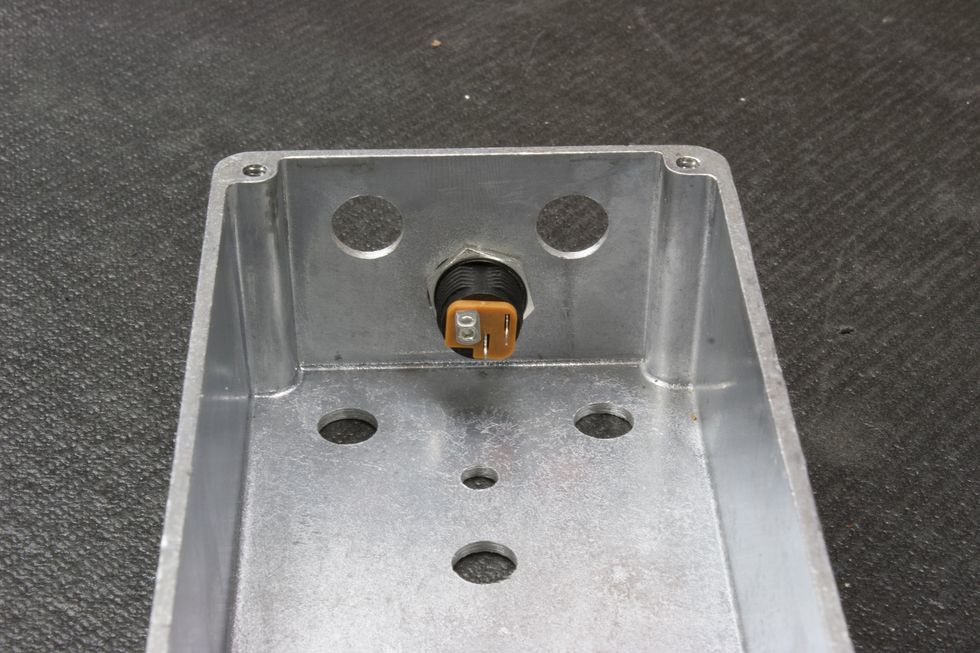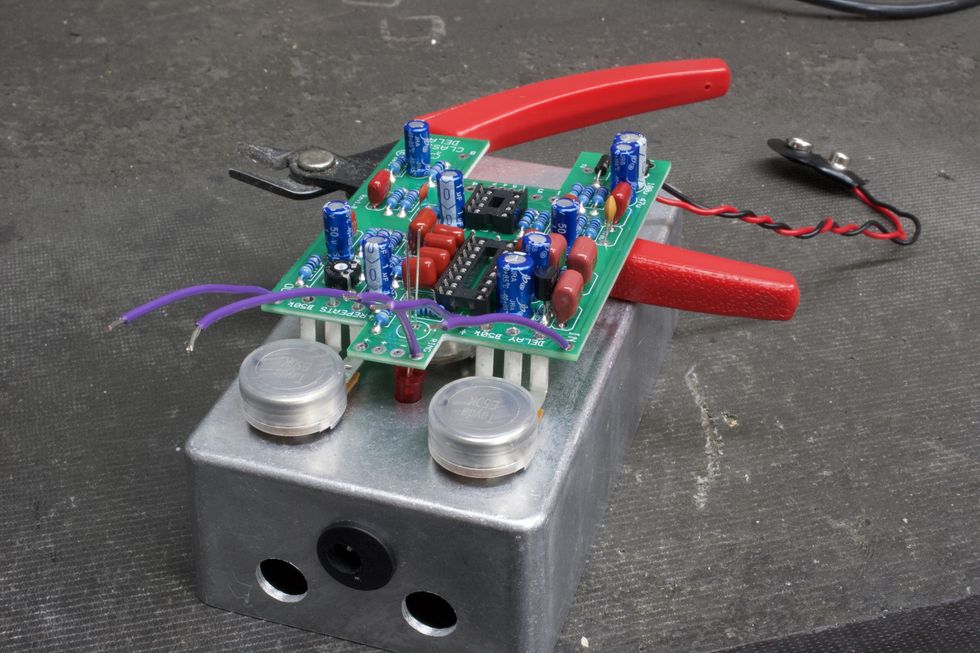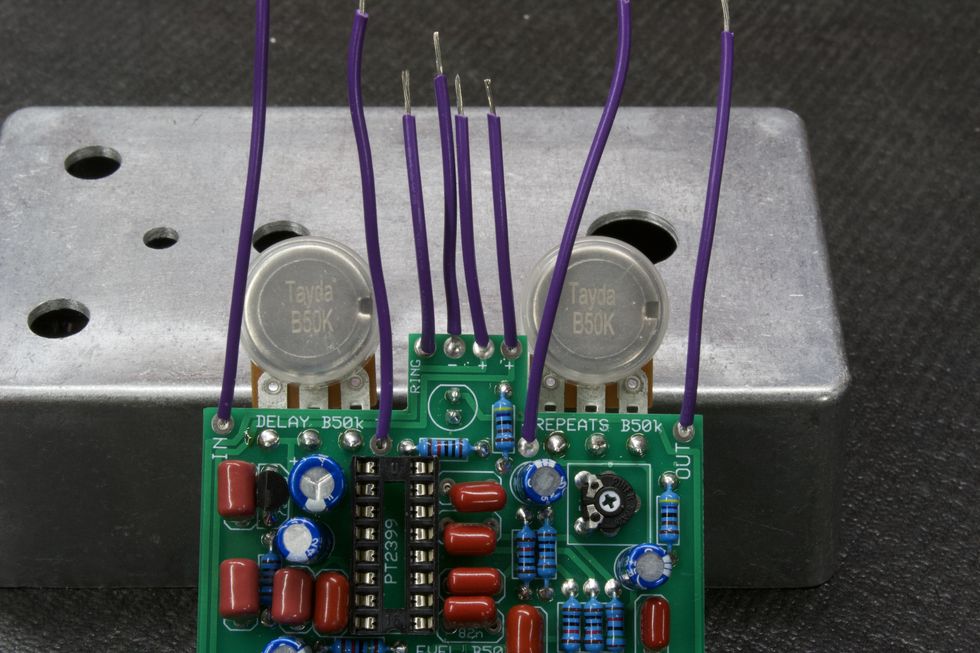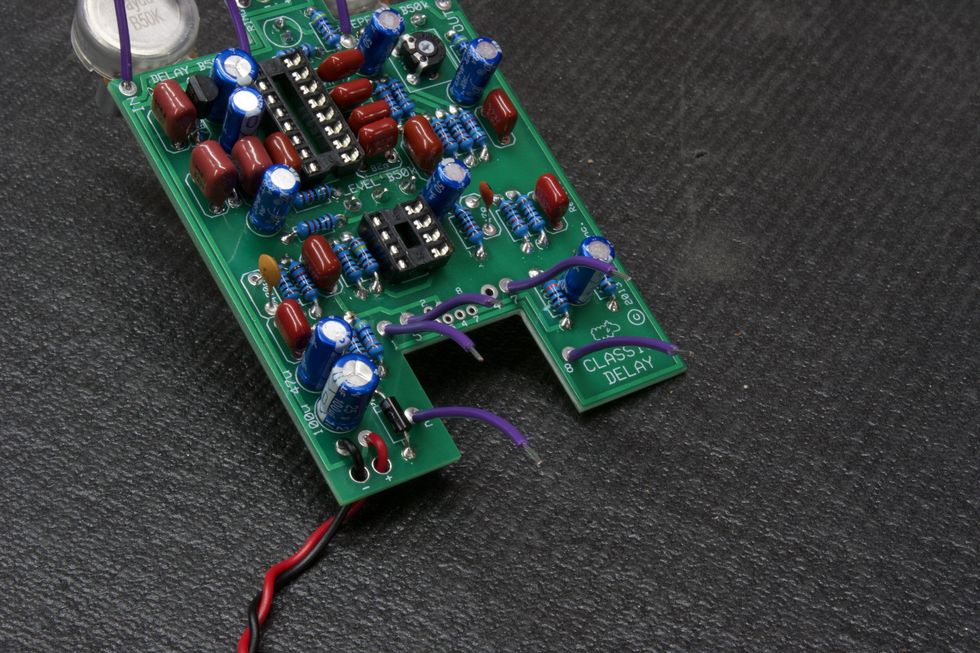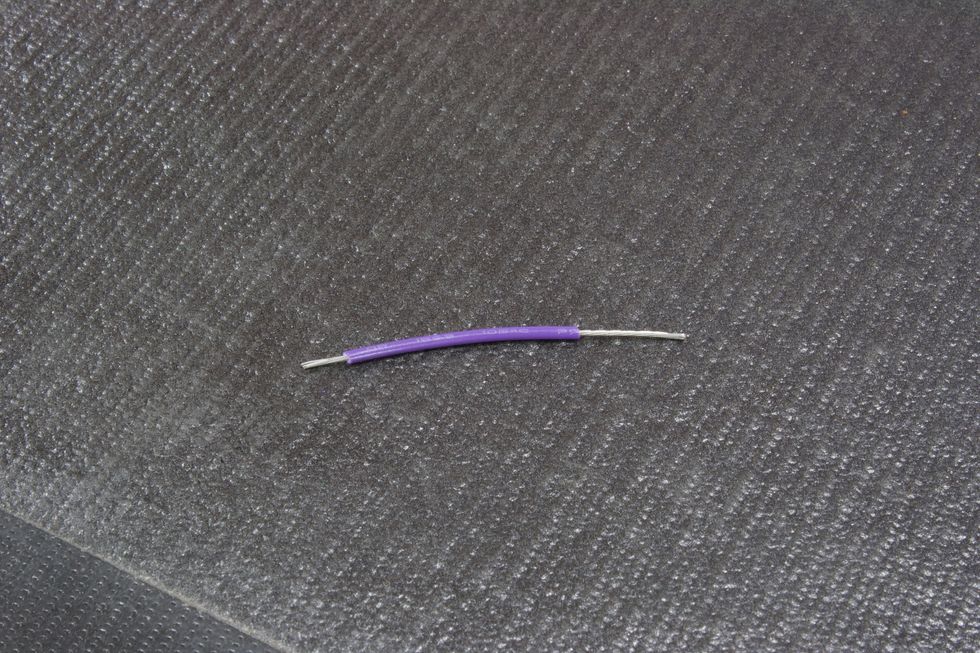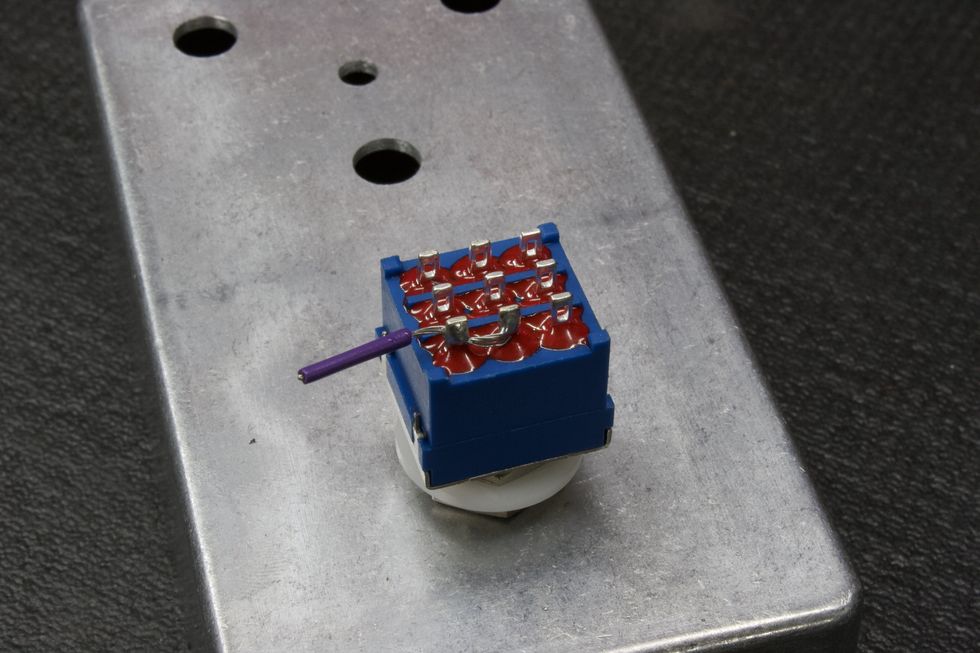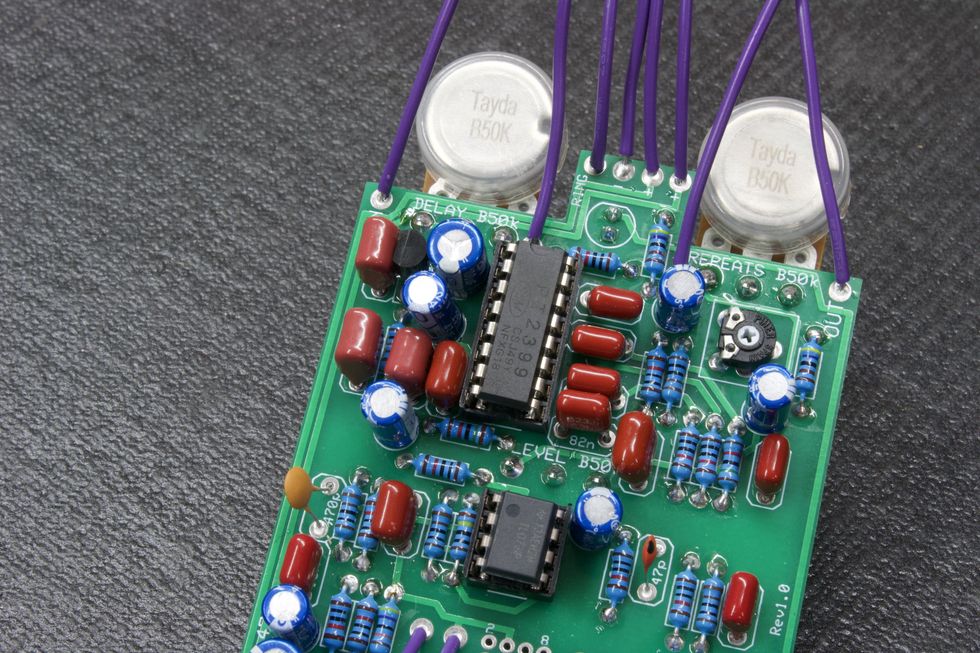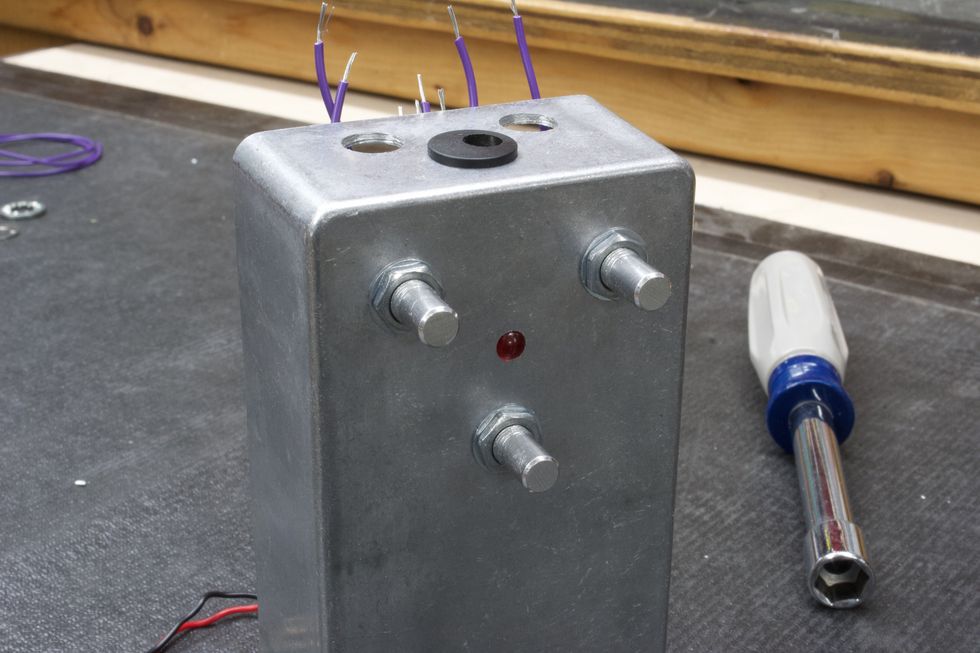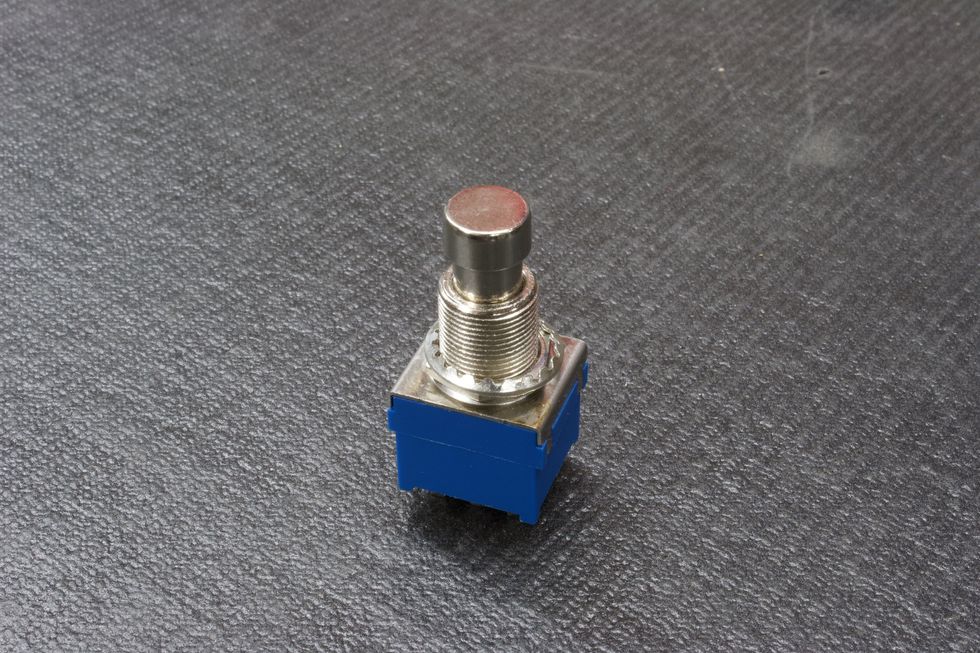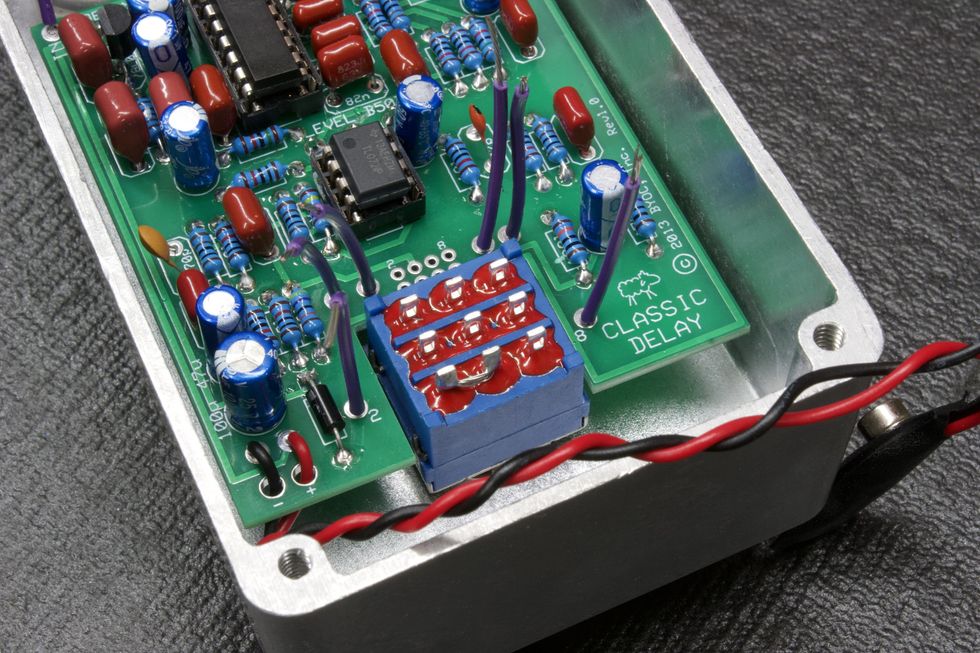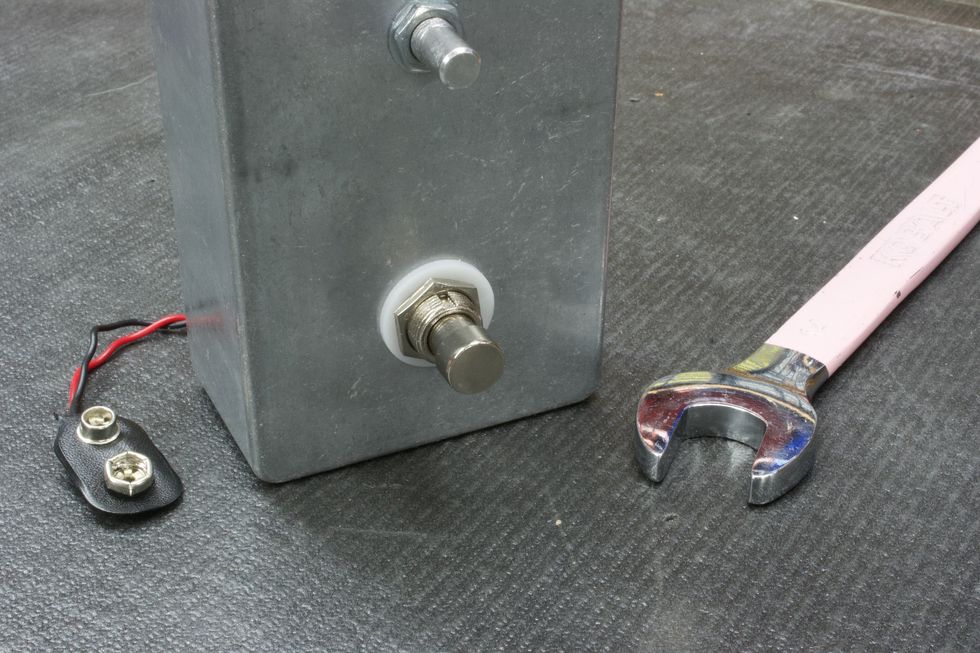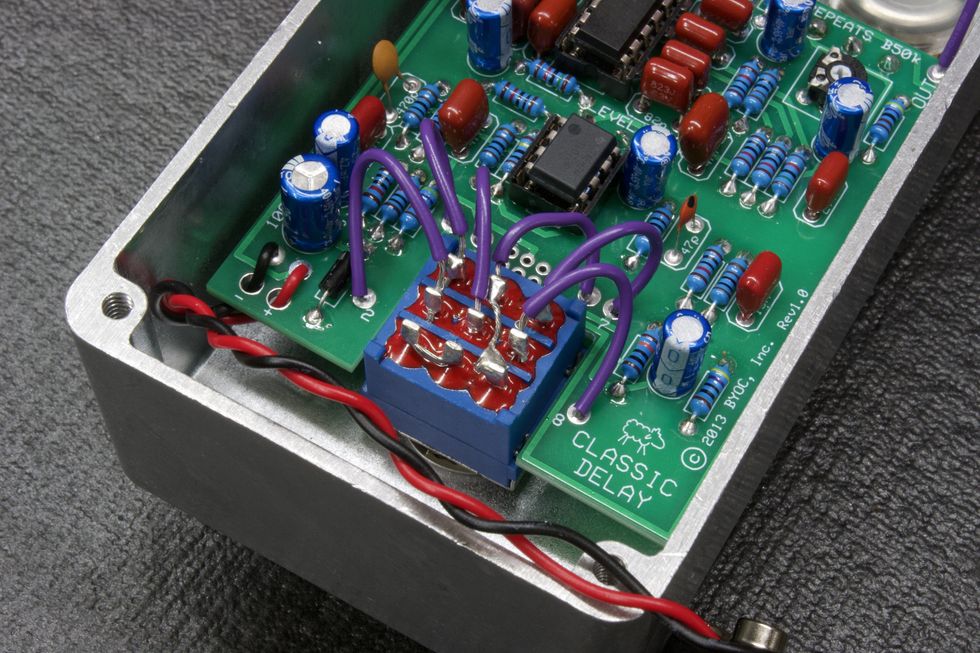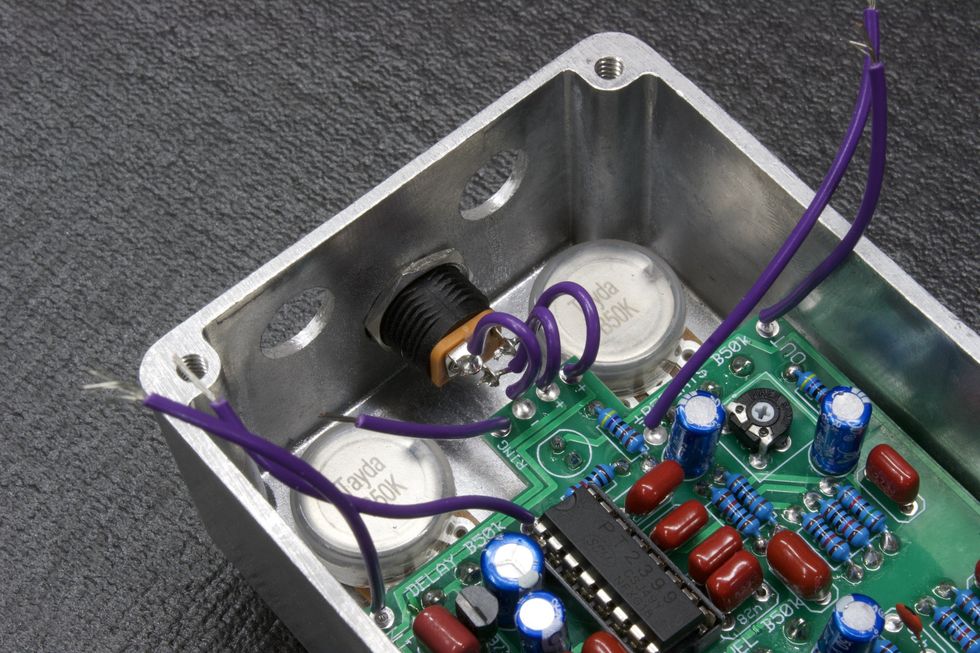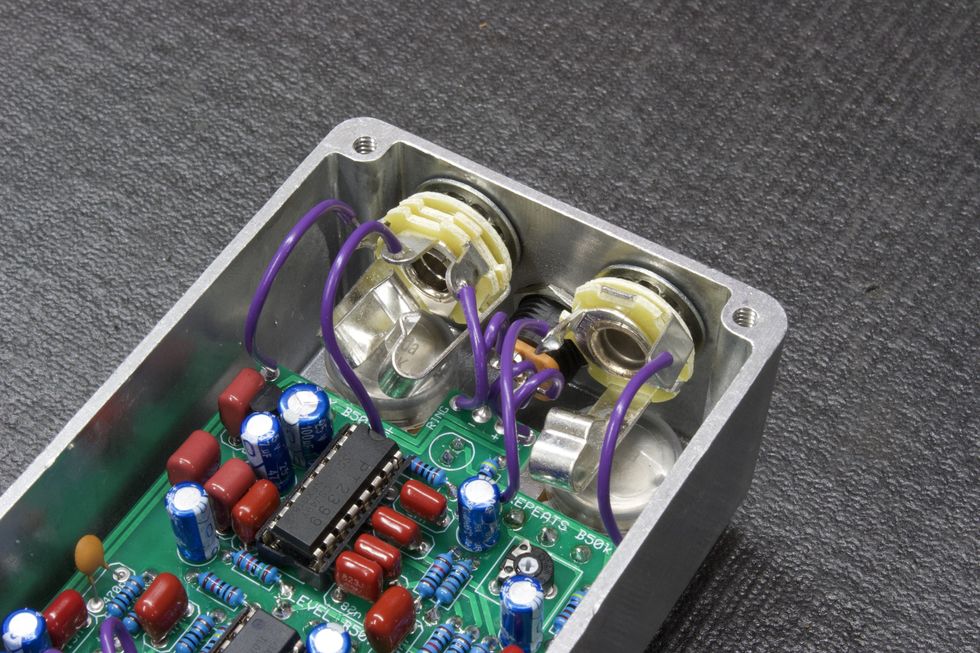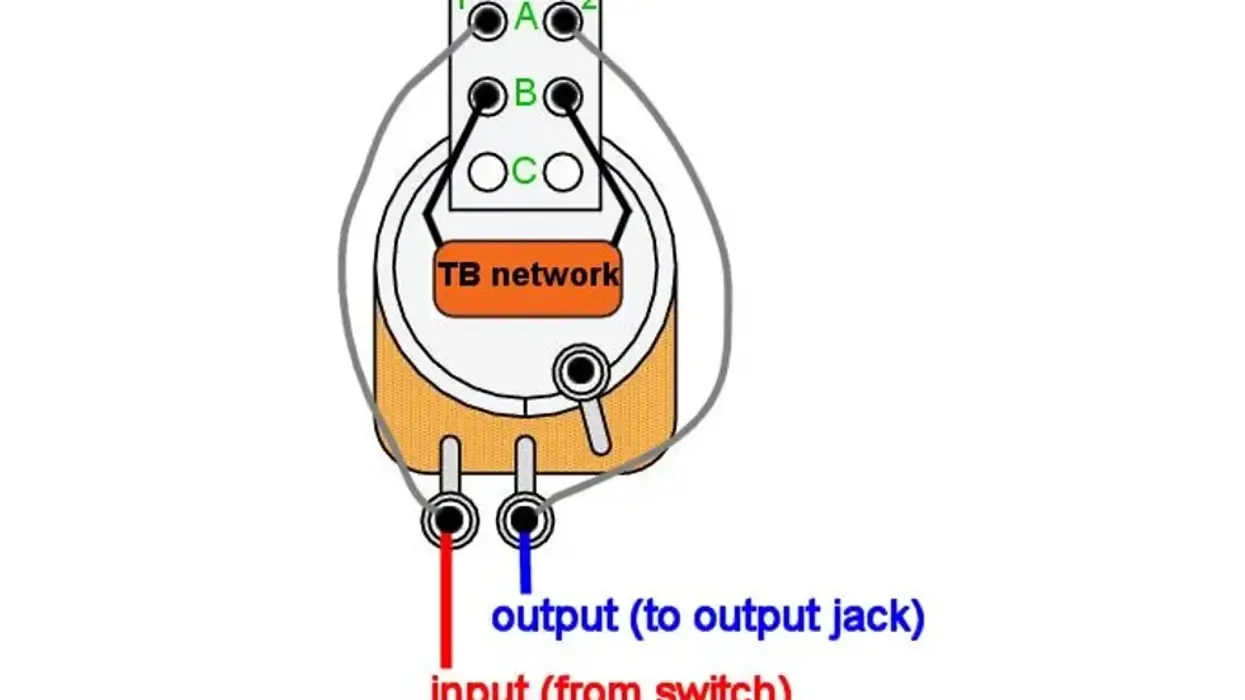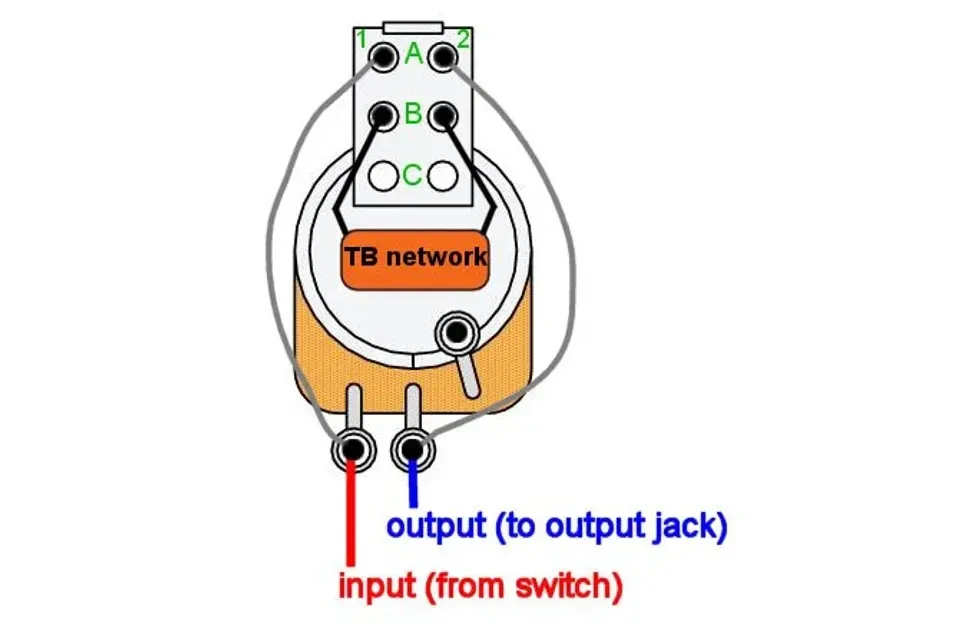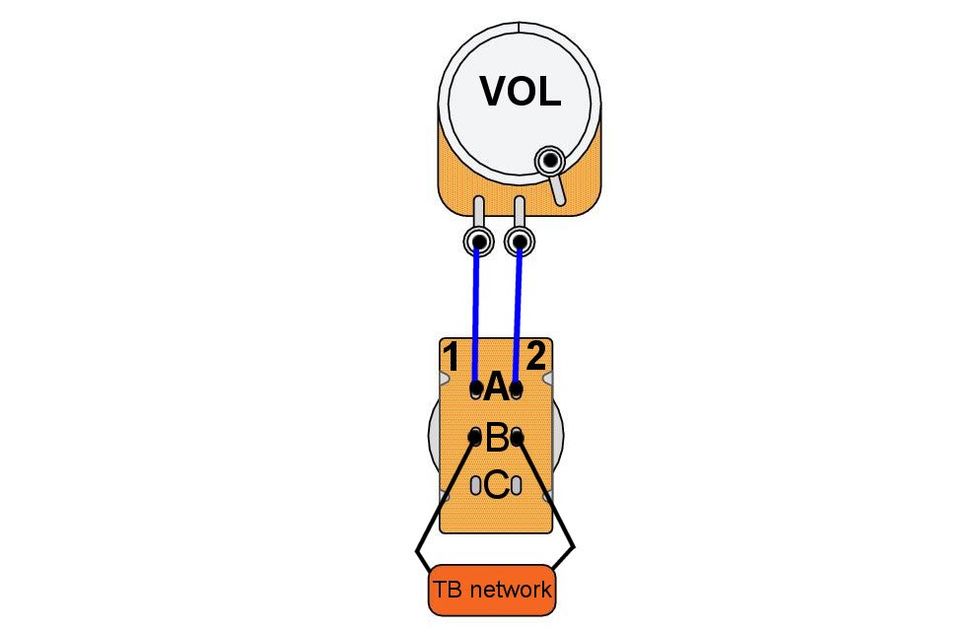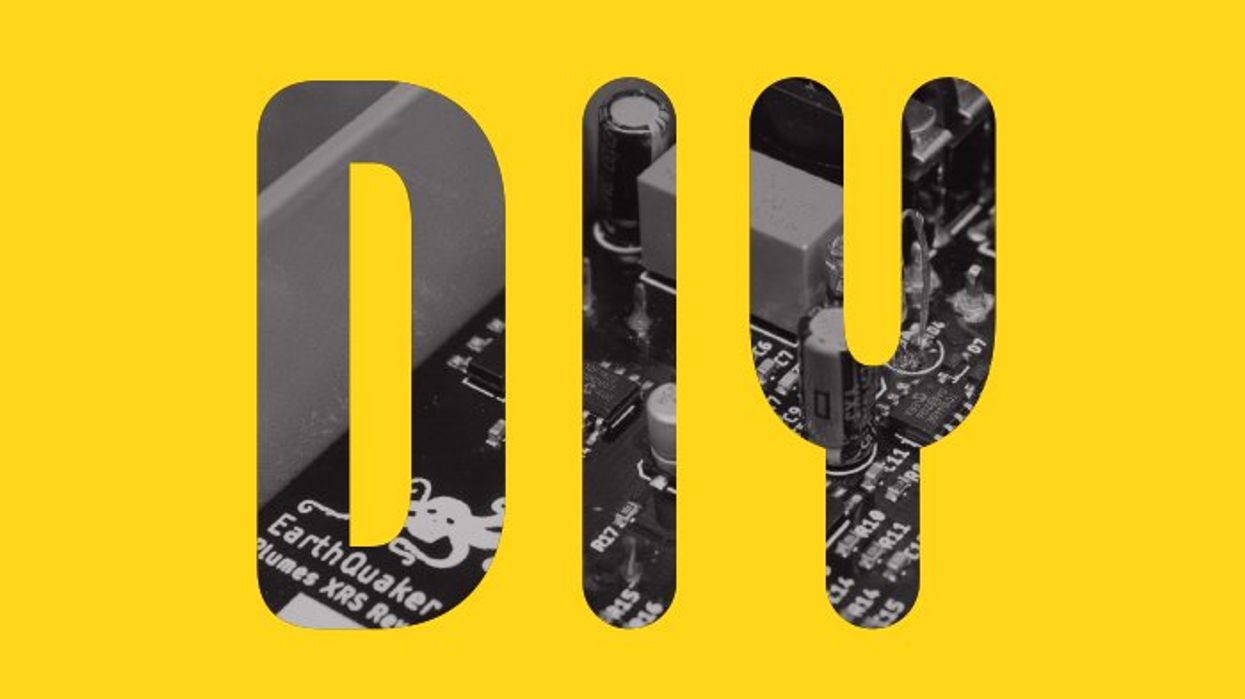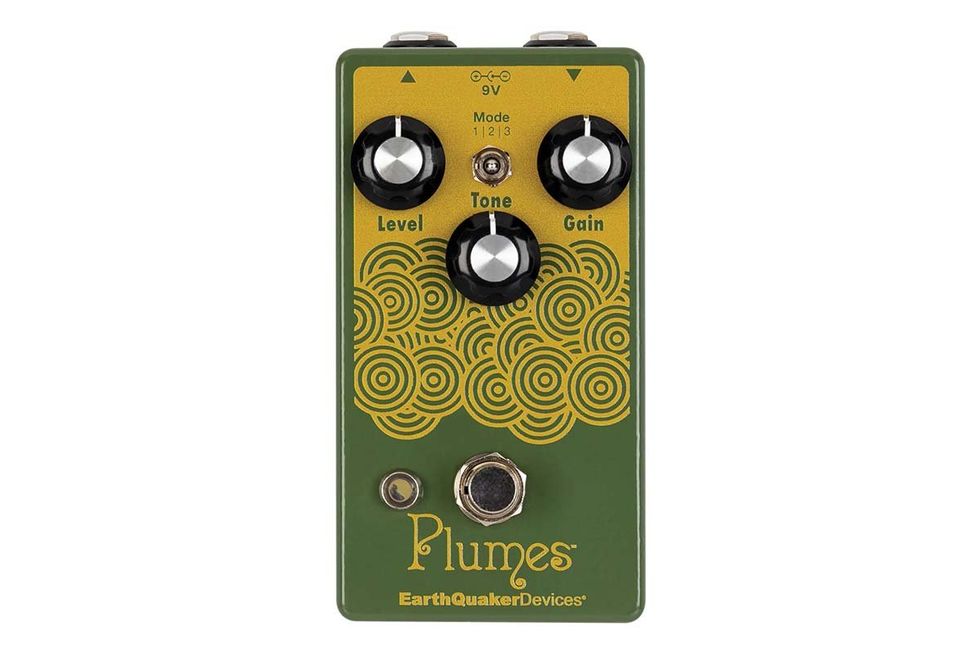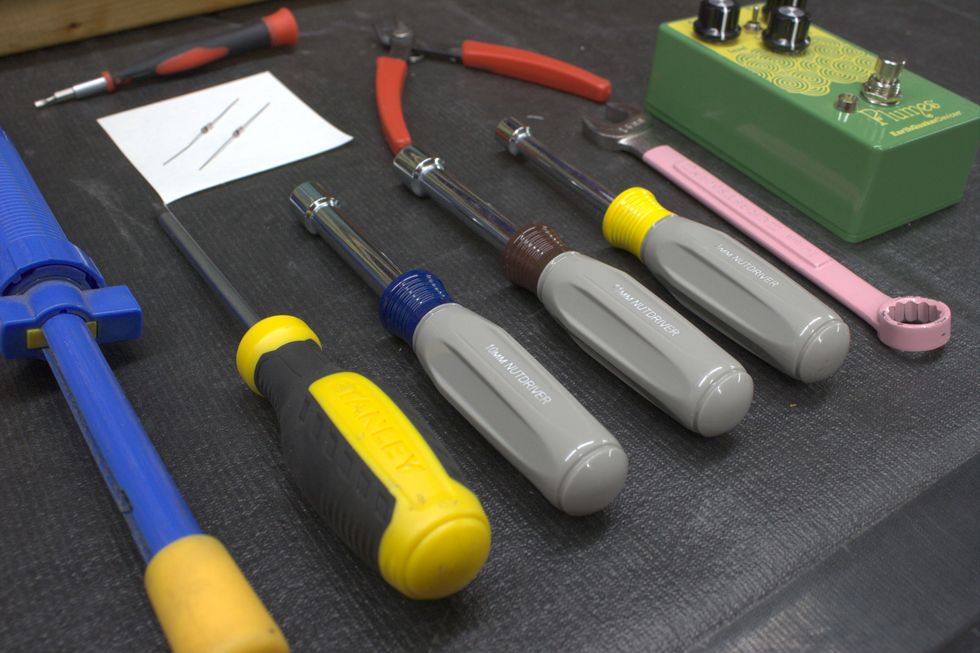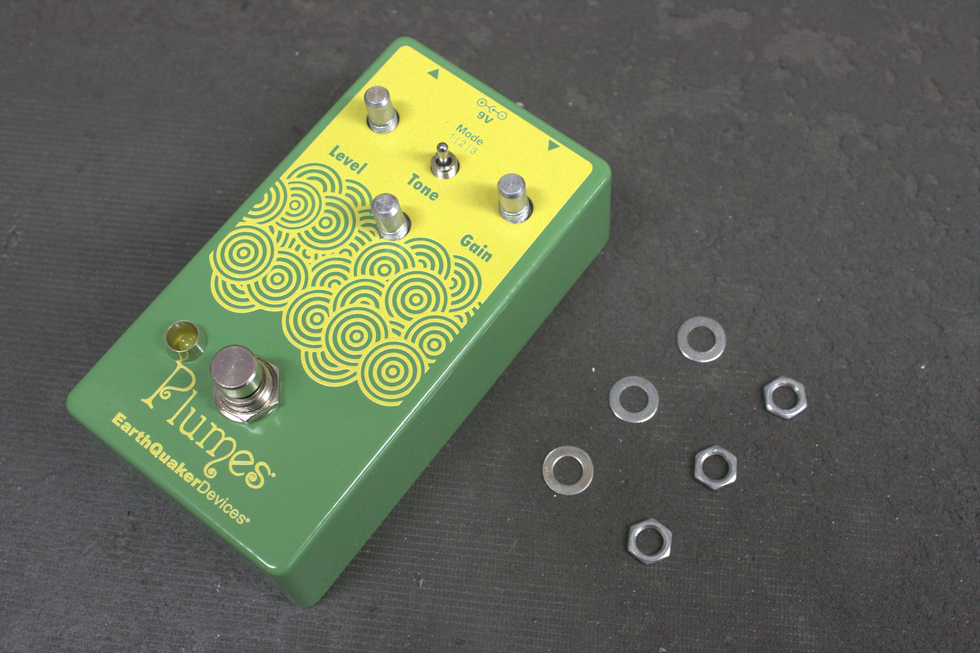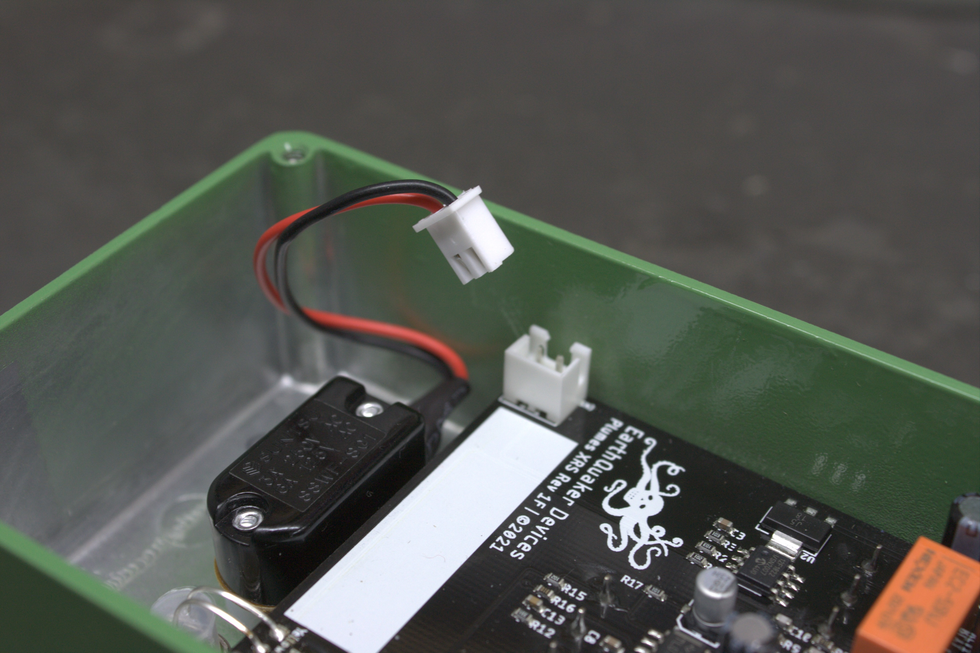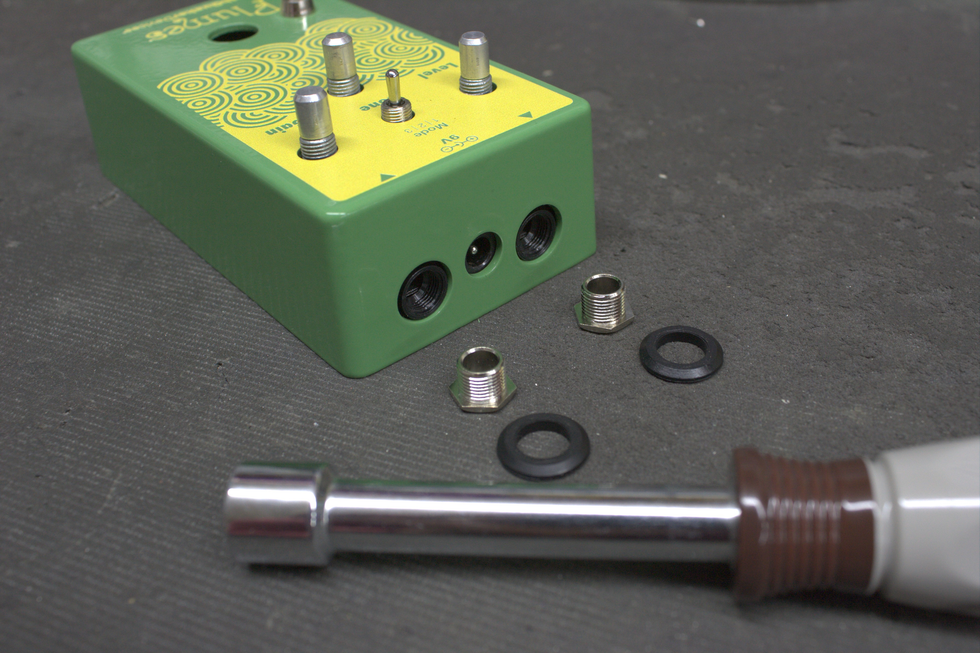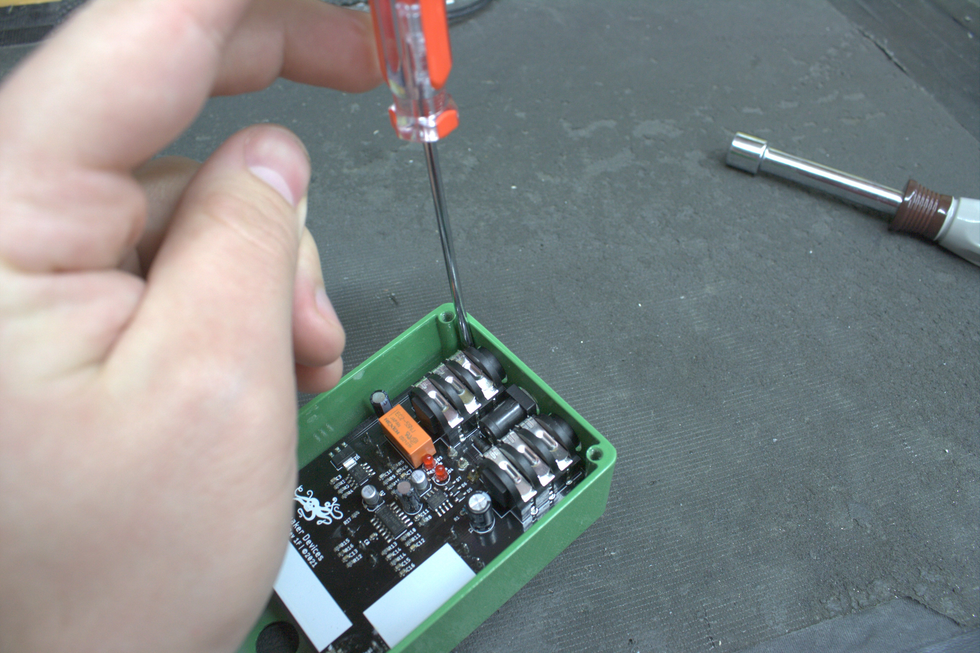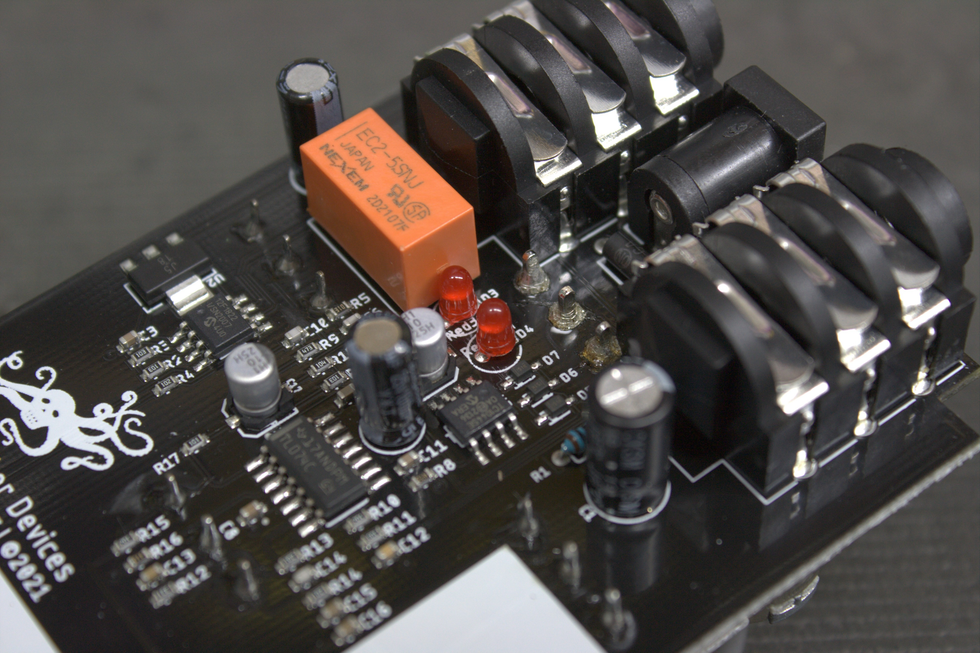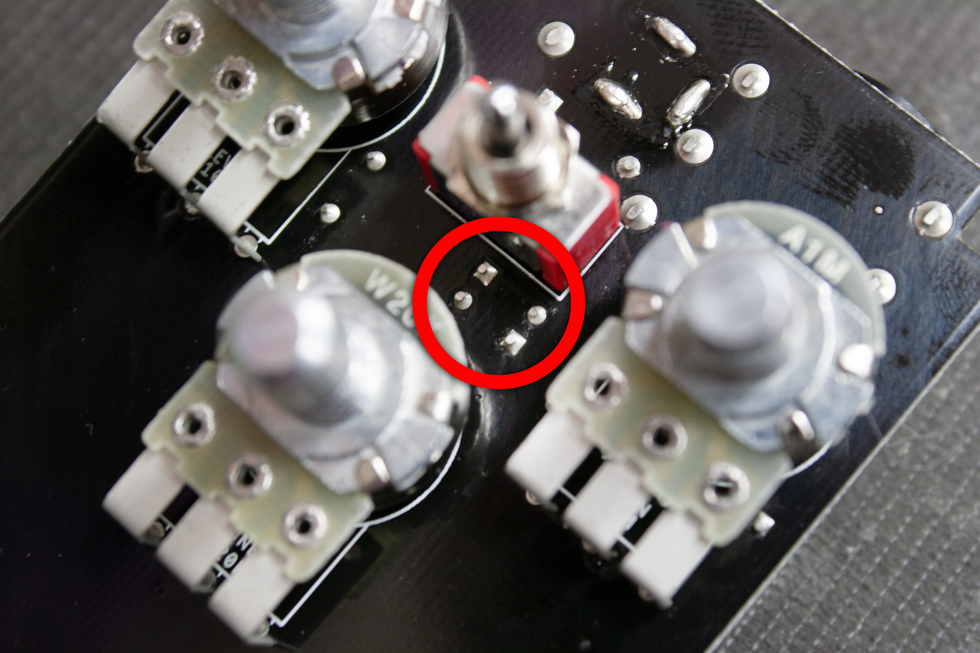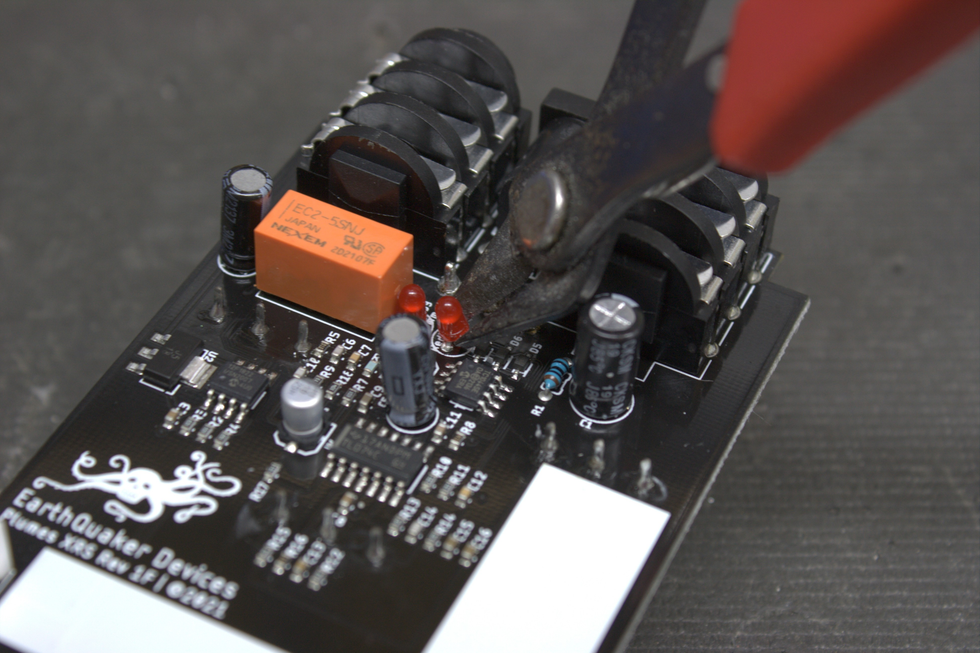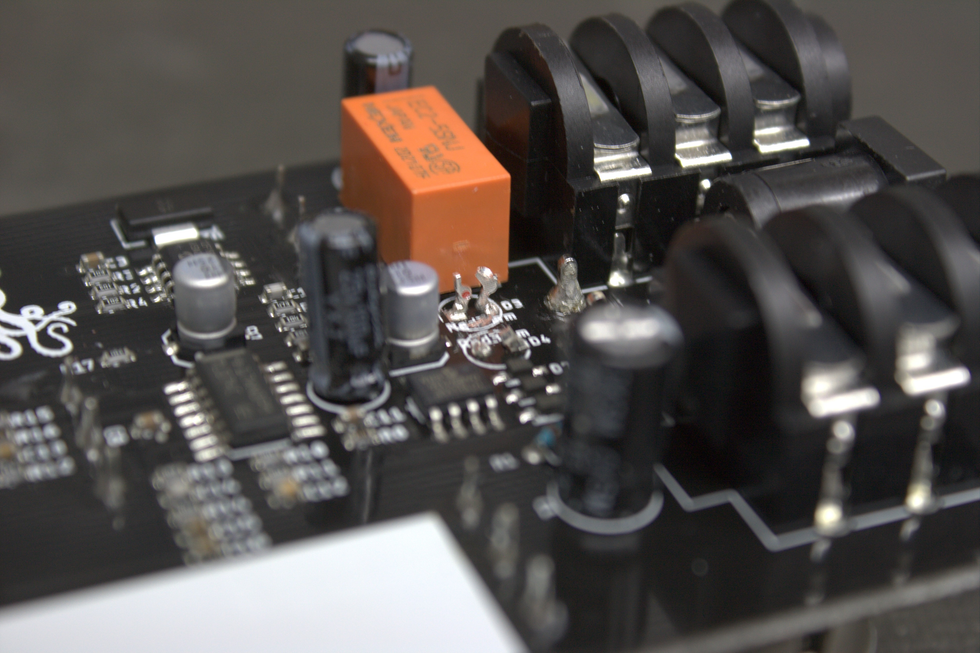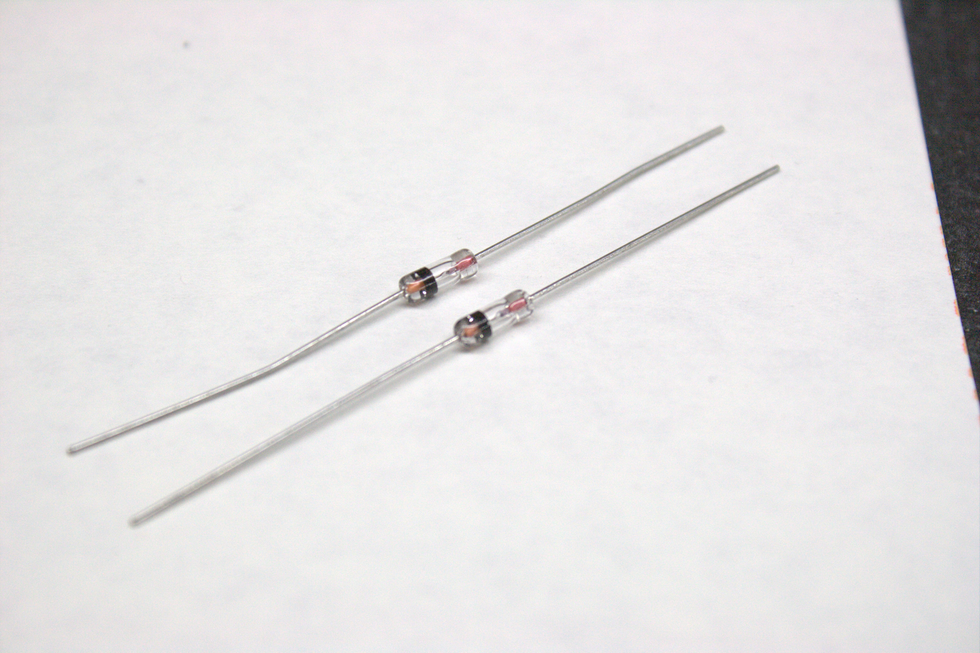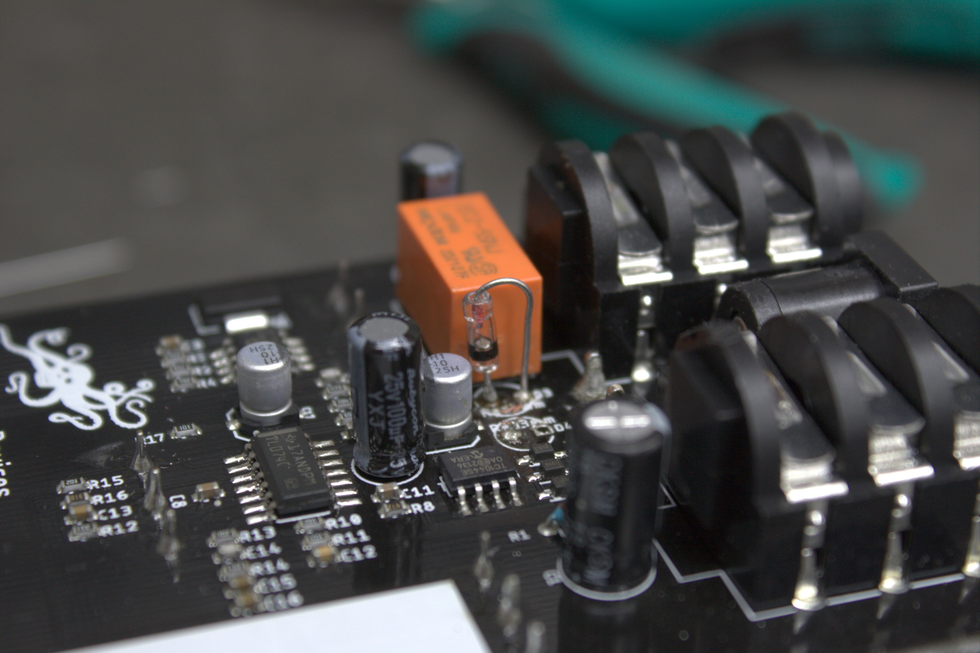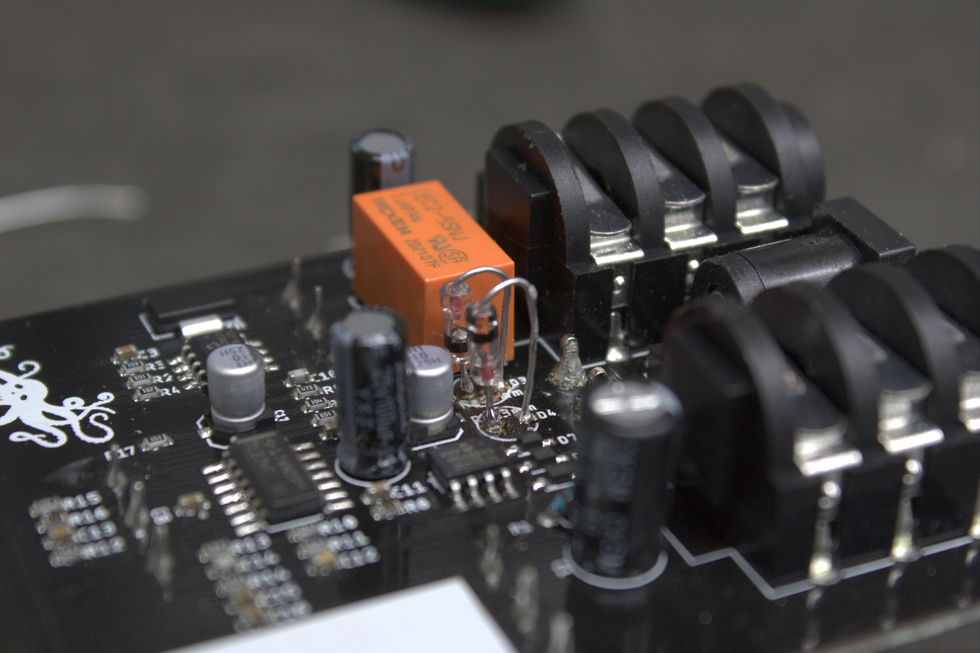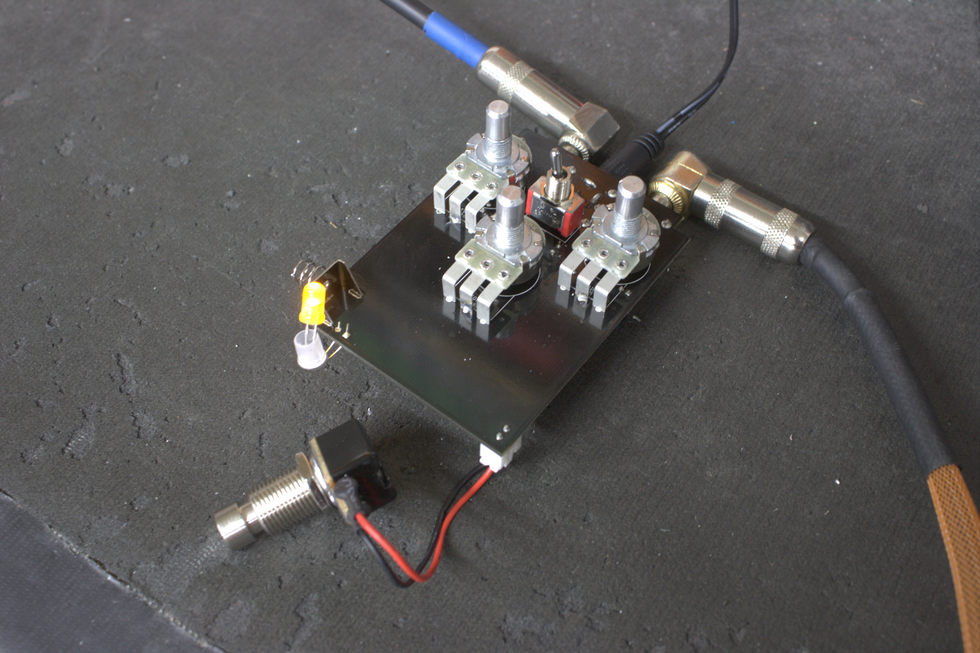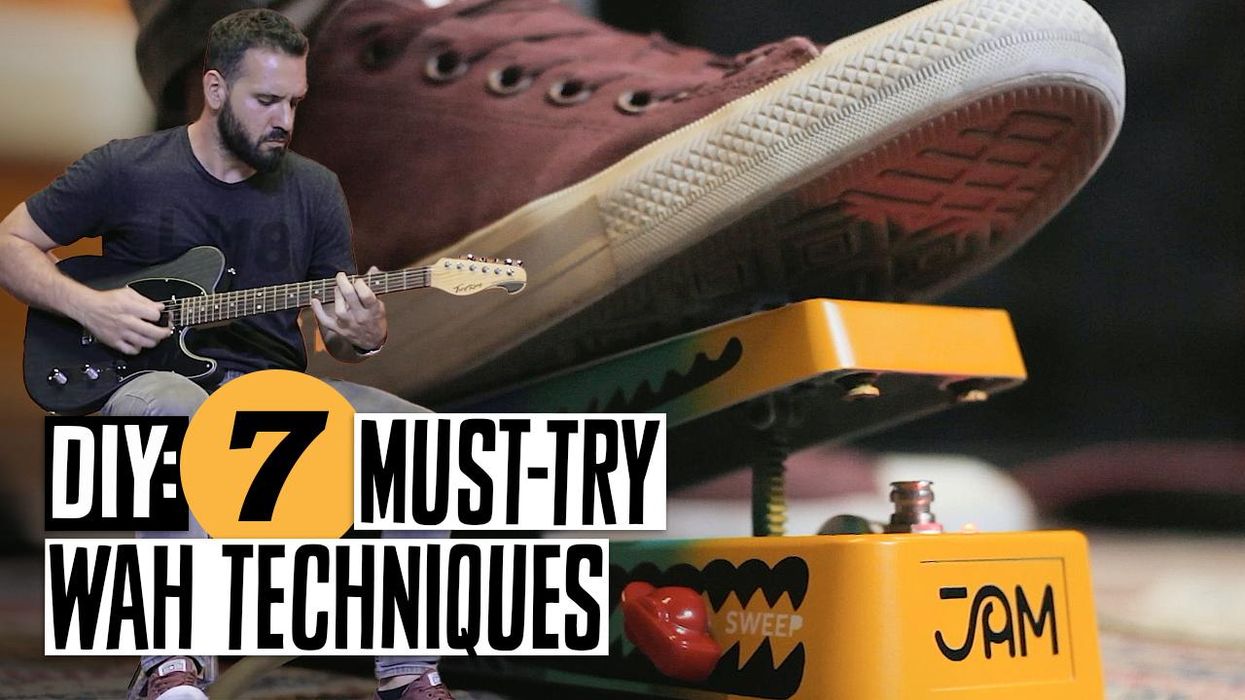I’d like to share the things I ponder while designing pedals. My process begins with some sort of sonic manipulation that I think sounds great, is easily usable, and is unique enough to have value. Once I have a basis for what I want to create, I explore the ways in which the controls can interact with the human body. I continue by envisioning graphics that reflect the functions and make me want to play with it. After that, I build one and hone in on making it better and better until every possible idea I can think of has been exhausted. If it’s worthwhile, it might become a product.
Audio quality is the main thing these creations are about, as the beauty of sound and the possibilities of manipulating it are so exciting to me. The thrill of new sounds will endlessly inspire me to write song after song and attempt to satisfy my unquenchable desire to hear something new. As I’ve gotten deeper into understanding what can be done to pervert waveforms, I realized there is an infinite number of things. I keep a handy breakout box with 1/4" jacks, power, and solderless breadboard to experiment and quickly suss out ideas. I ask myself what would I want to be able to control? What could I do to push this further into the extreme? Do I want this to be blendable with the unaffected sound? What are all uses for this effect?
I always try to push what I originally conceived and crank out as many options as I can so I can access the best sounds possible. In the end, I must make decisions on its limitations to make it have only possibilities and ranges that enable the most exciting and universal performance. This often leaves a lot of controls off a pedal that could be there, but might ultimately hamper creativity. Too many options can make a device almost unusable and frustrating. Being able to make sounds quickly when I want them makes an effect an extension of my body, and, thus, creativity flows.
Ergonomics are also super important. I prefer a big dial that can be easily turned with my foot for on-the-fly expression, or a small one for something that needs to be fine-tuned. Problems I’ve had while playing have ultimately led me to incorporate solutions to pedals’ shortcomings.
Some of those problems have included not being able to see the controls from a distance, accidentally knocking a knob while trying to do something else, a stomp switch too close to the side of an enclosure causing a pedal to flip over when stepped on, nuts becoming unscrewed in the vibrations of travel, scrolling through menus, digital controls that reset themselves when a pedal is plugged in, and more. I take a lot of time to work this all out, as I believe functionality can be as important as sound.
After I figure out the conditions in which I want to interact with the unit, I start working on its graphics. Some methods I’ve tried are silk screening, cutting a stencil and spray painting, using a label maker, scratching the controls in with a file, acid etching, water slide decals, glue and cutouts from magazines, markers, metal stamping, laser etching, sand blasting, thermal printing, printing on sticker paper, cutting out something flat and mounting it in between the controls, dog-tag punching, fire branding, and hand painting. As I go, I adjust the layout to work with the graphics and shift controls sometimes to unaligned and unconventional places. I think of the whole pedal as being a family in which each element is some sort of reflection of the sound, hardware, and graphics. Lines can have similar thicknesses and spaces can be reflections of designs on knobs and dials. If I’m having trouble getting inspiration, a Google search for vintage ham radios, toaster ovens, car dashboards, and sci-fi movie set pieces give me some fresh ideas. Once this is as good as possible and makes sense, I’ll lay it out, measure a few times, and mock up a prototype.
Many people have cloned my designs, but they always get some of the subtleties wrong. Those mistakes make it something completely different that doesn’t behave in the way I intended. Certain elements play such a big part in the sound, and I keep close track of the sound’s exact tuning. I construct pedals so they can be taken apart in case modifications are desired. I also use them extensively on tour to see if there are any faults in their design. Then I redesign and redesign again to make something that is unique and useful.
Overall, I think my intense love for energetic performance has pushed me to design effects that really change the sound when you slam them on and jump out of the mix. After all, anything my subtle stompboxes can do for a show can also be achieved by throwing my guitar through the air.




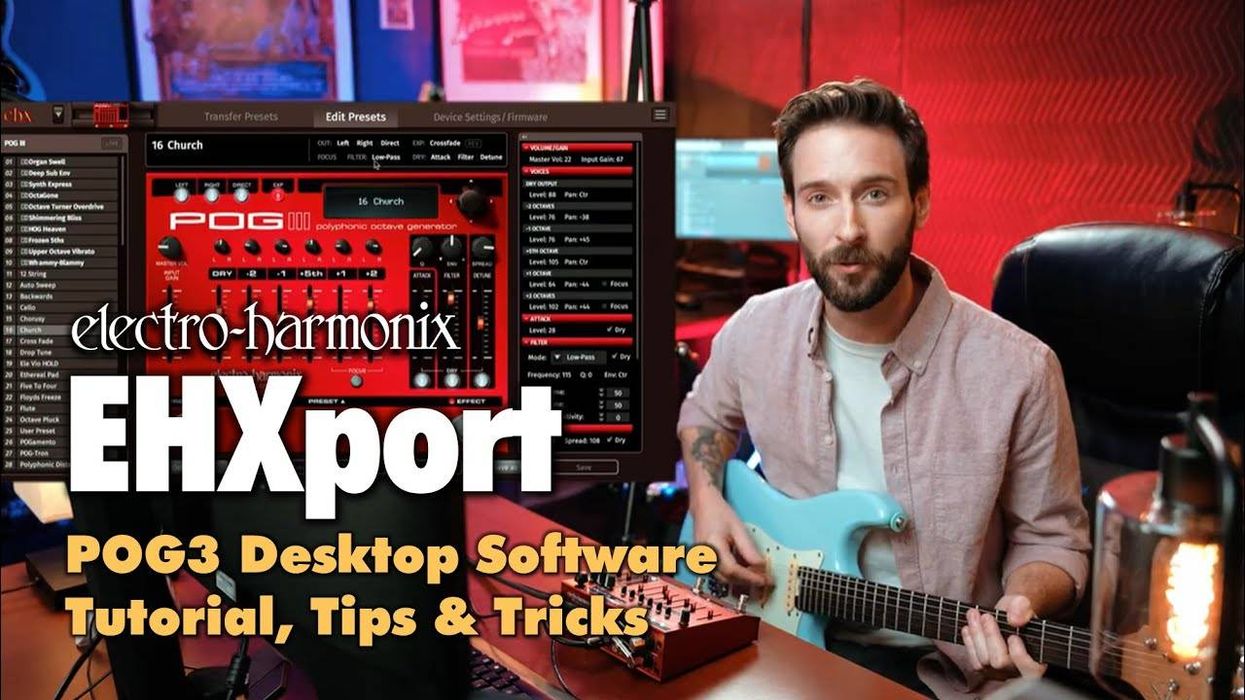

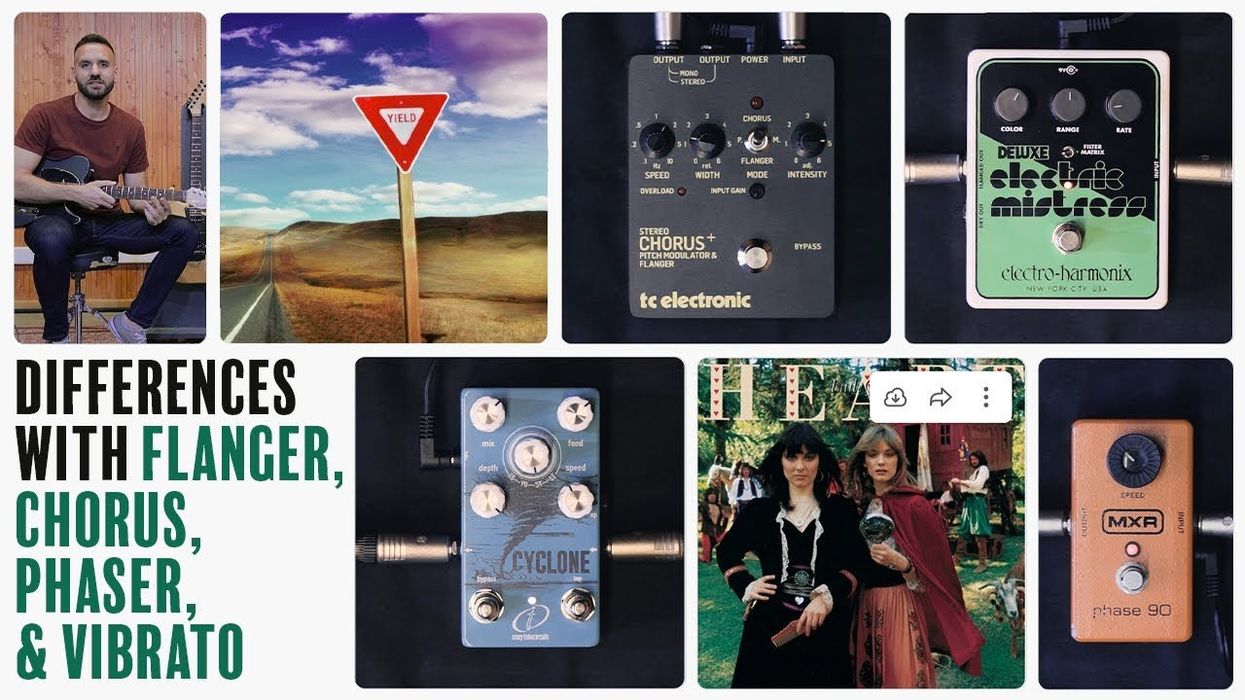
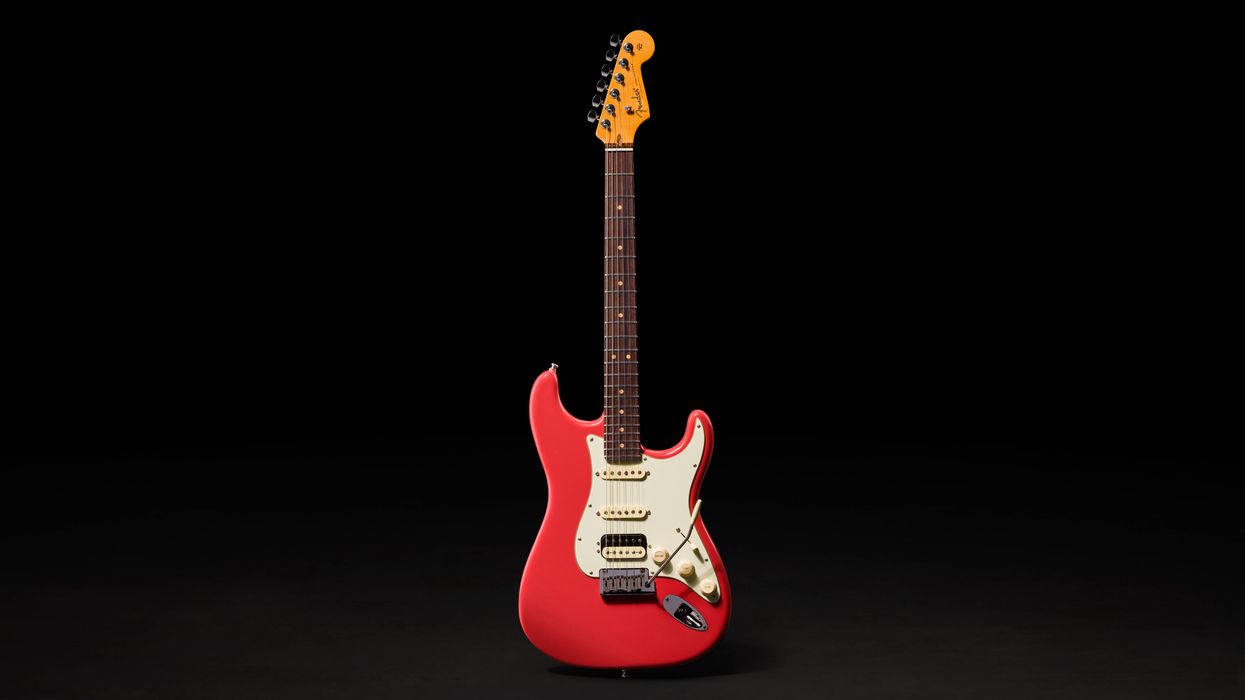
![Rig Rundown: AFI [2025]](https://www.premierguitar.com/media-library/youtube.jpg?id=62064741&width=1245&height=700&quality=70&coordinates=0%2C0%2C0%2C0)

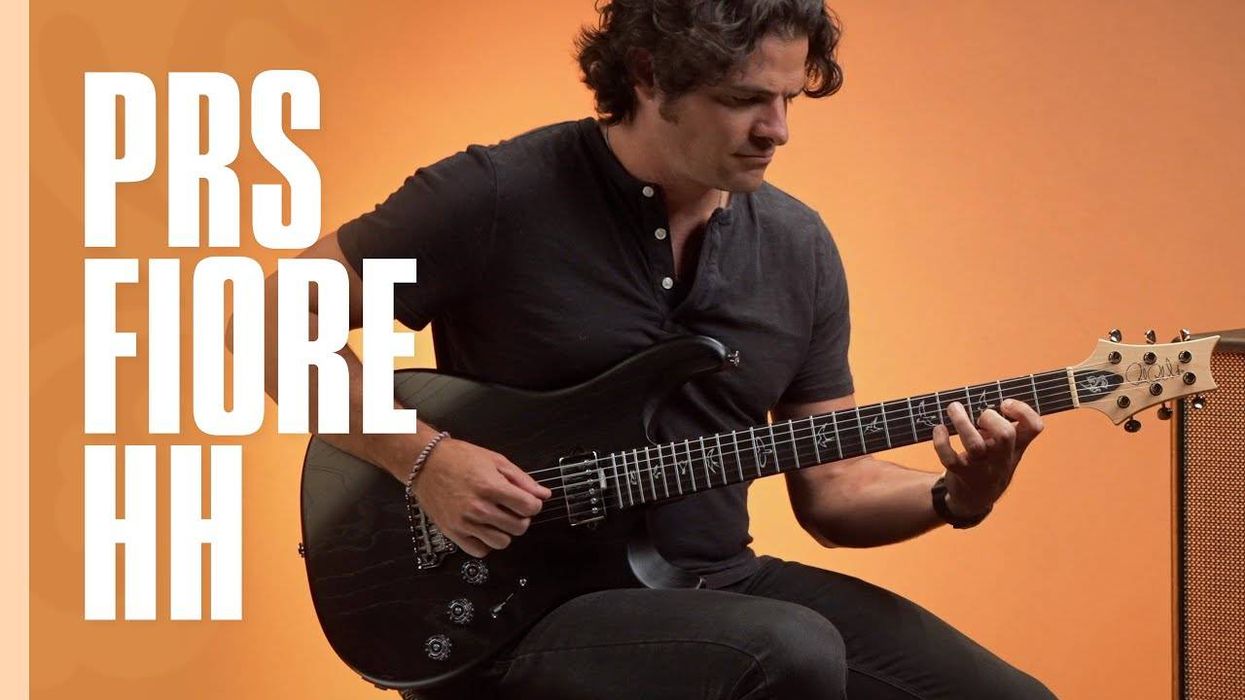
![Devon Eisenbarger [Katy Perry] Rig Rundown](https://www.premierguitar.com/media-library/youtube.jpg?id=61774583&width=1245&height=700&quality=70&coordinates=0%2C0%2C0%2C0)

